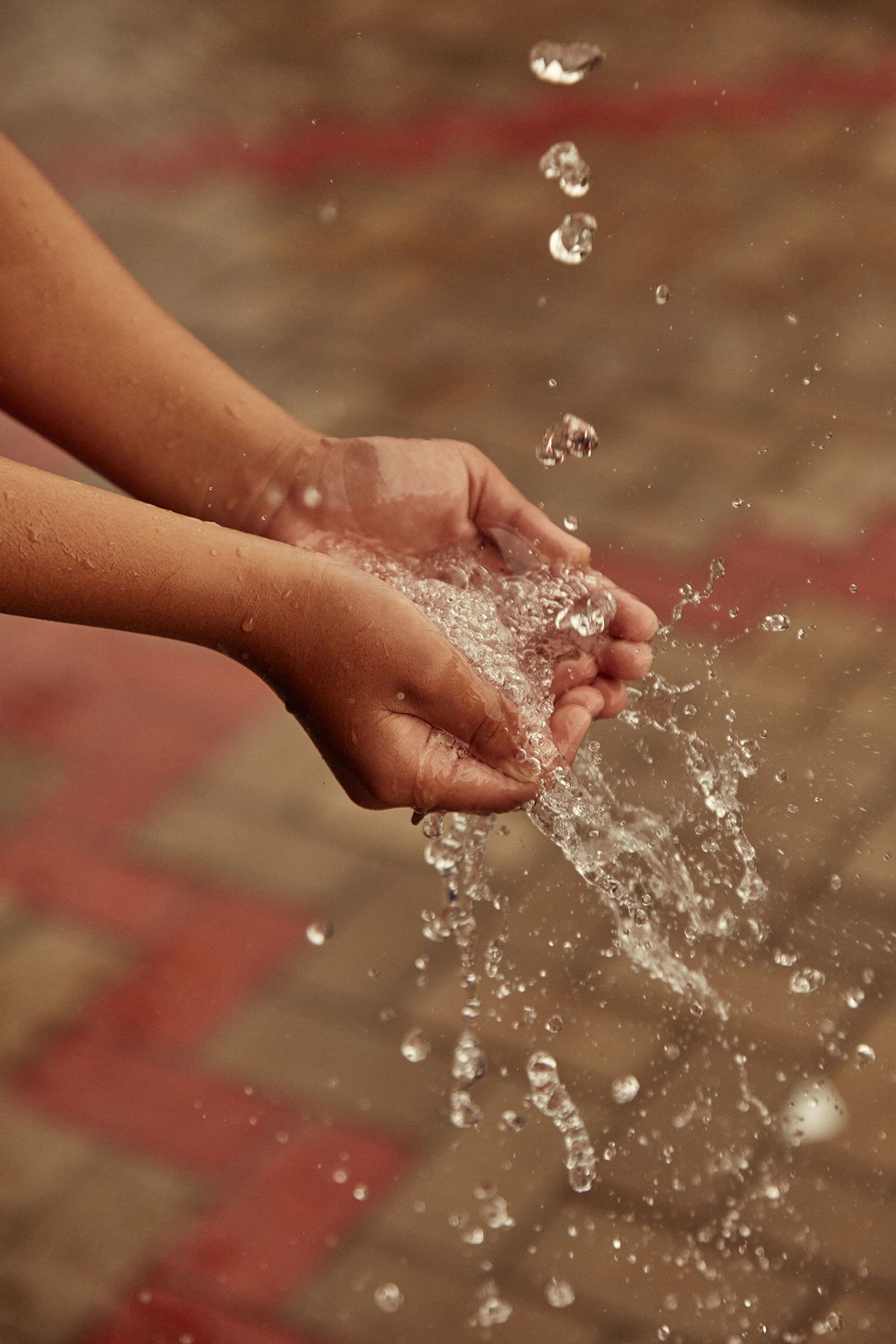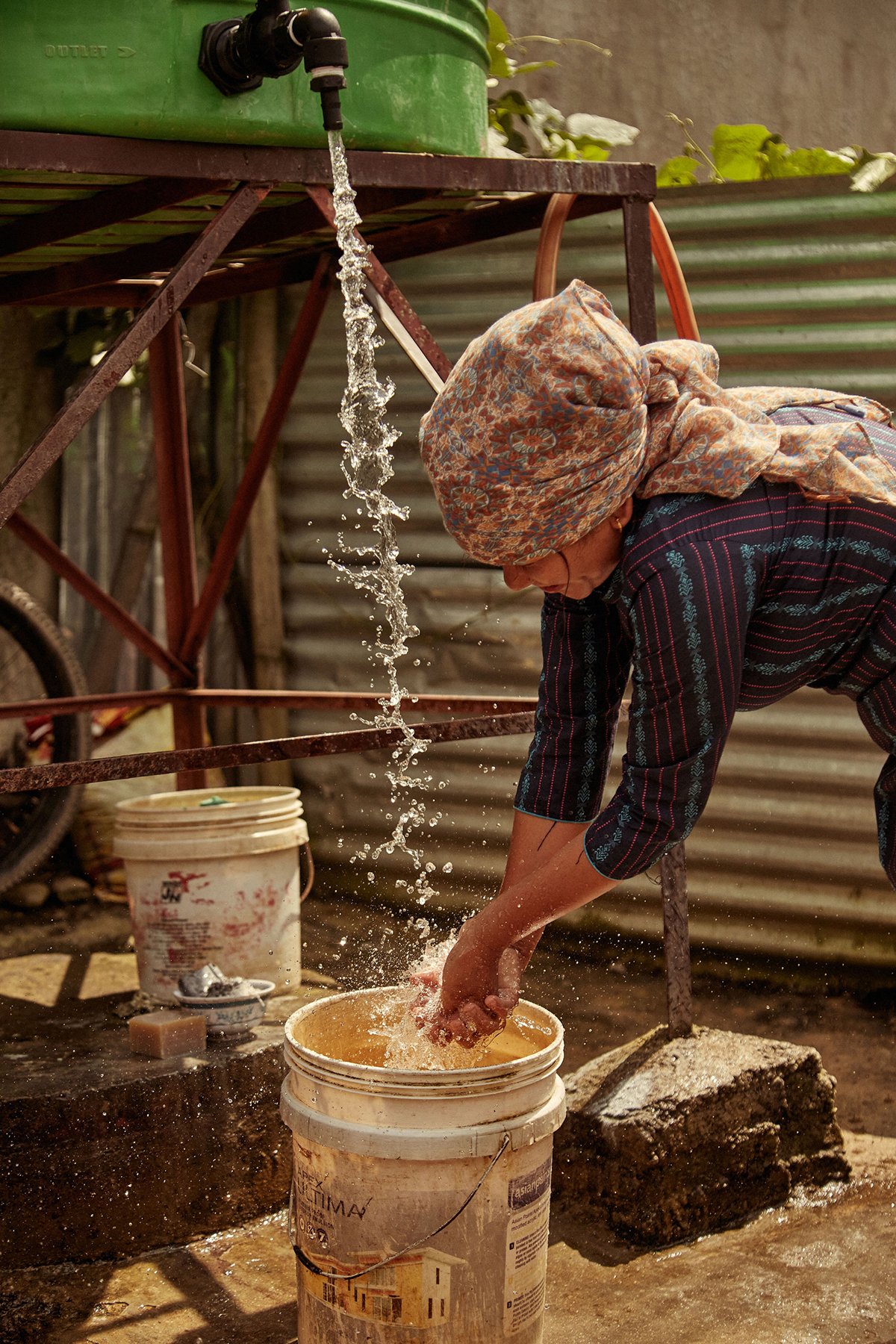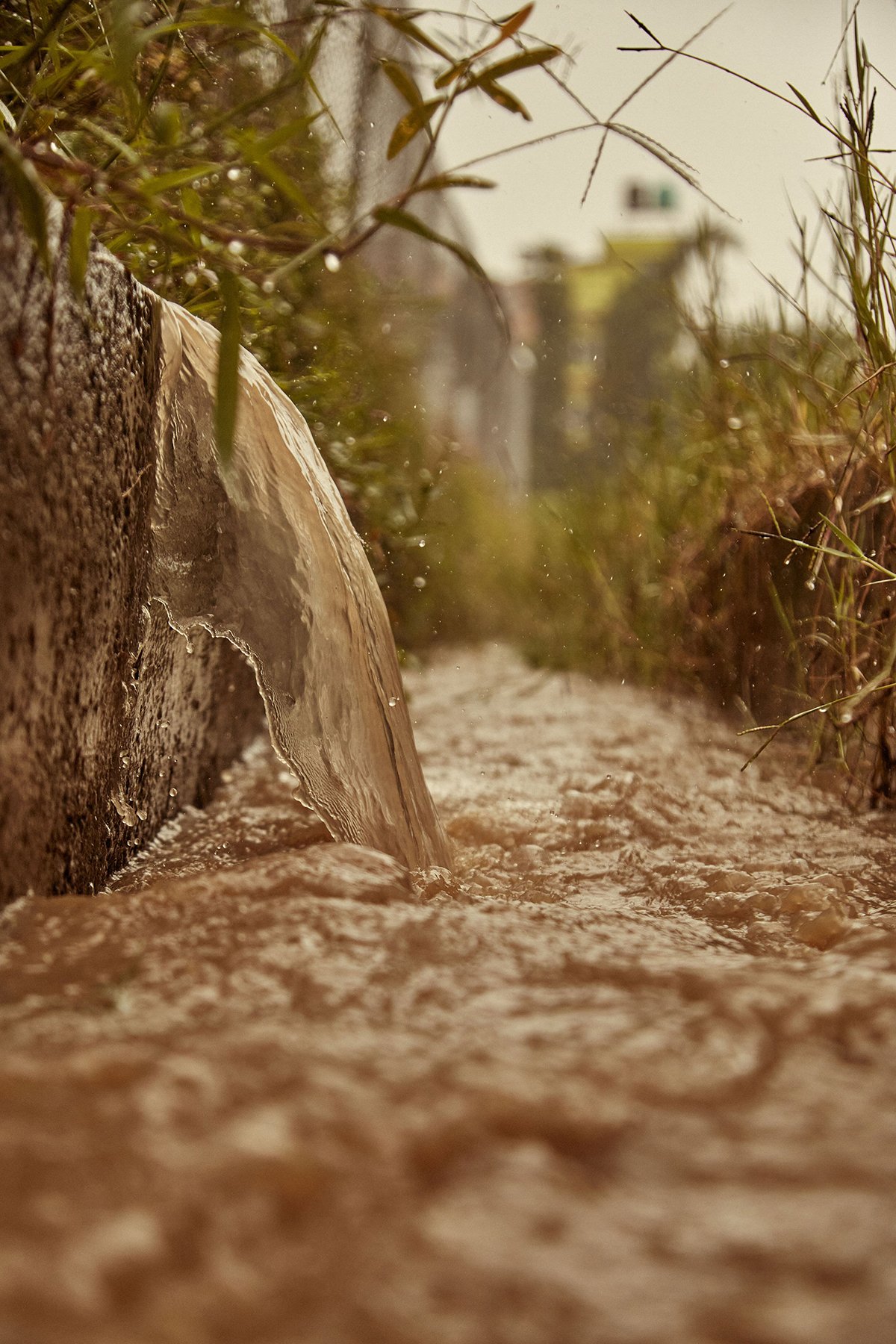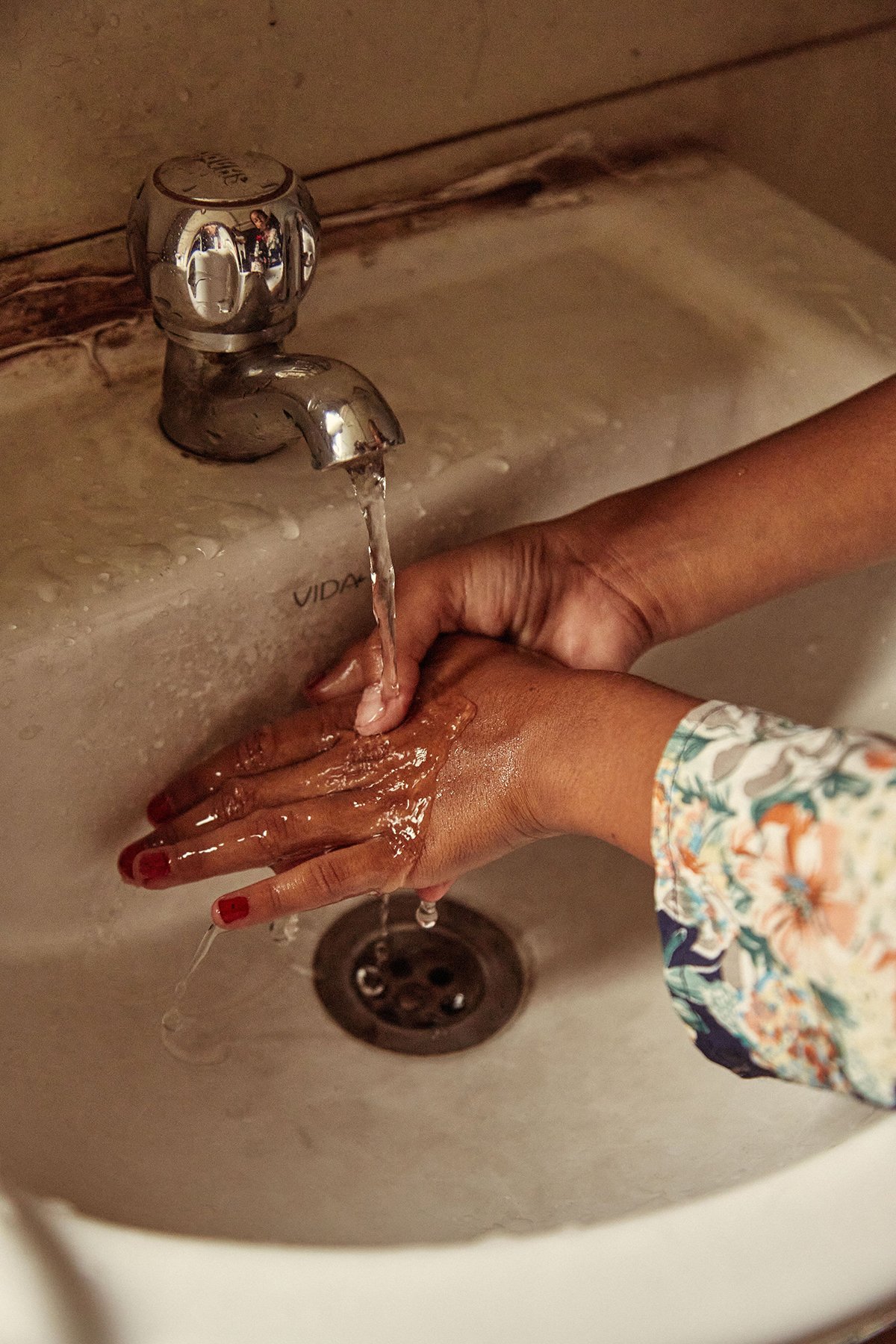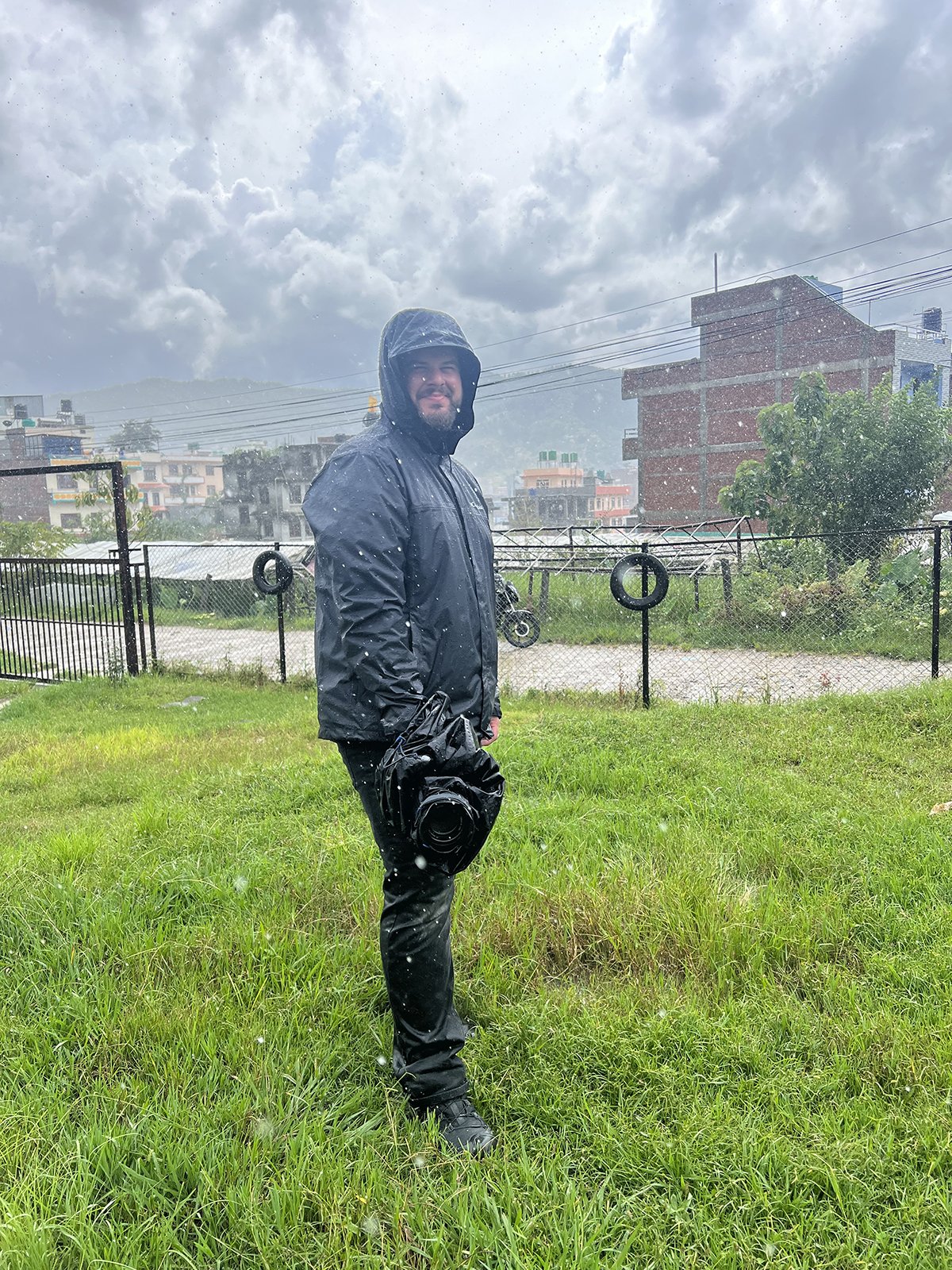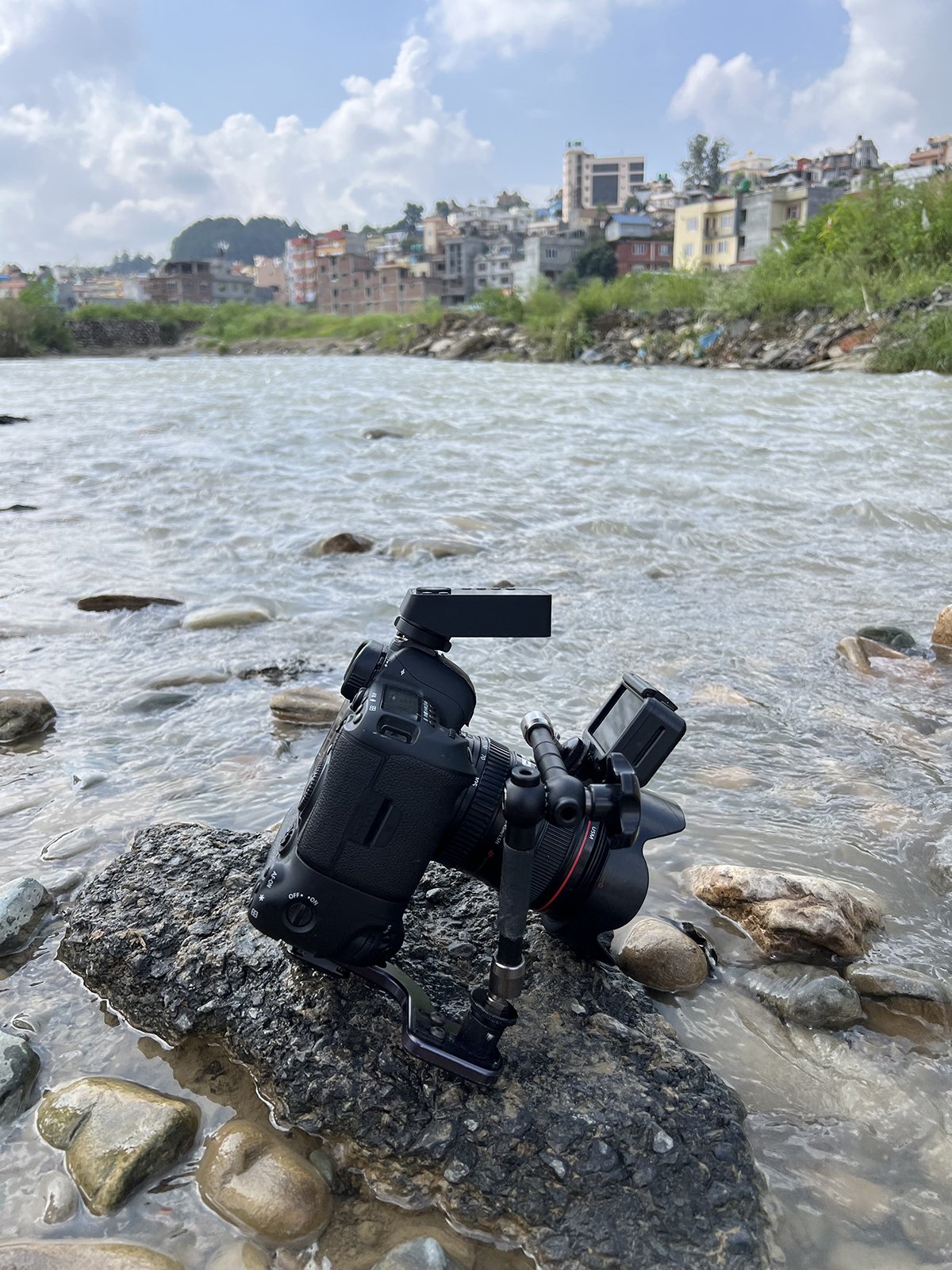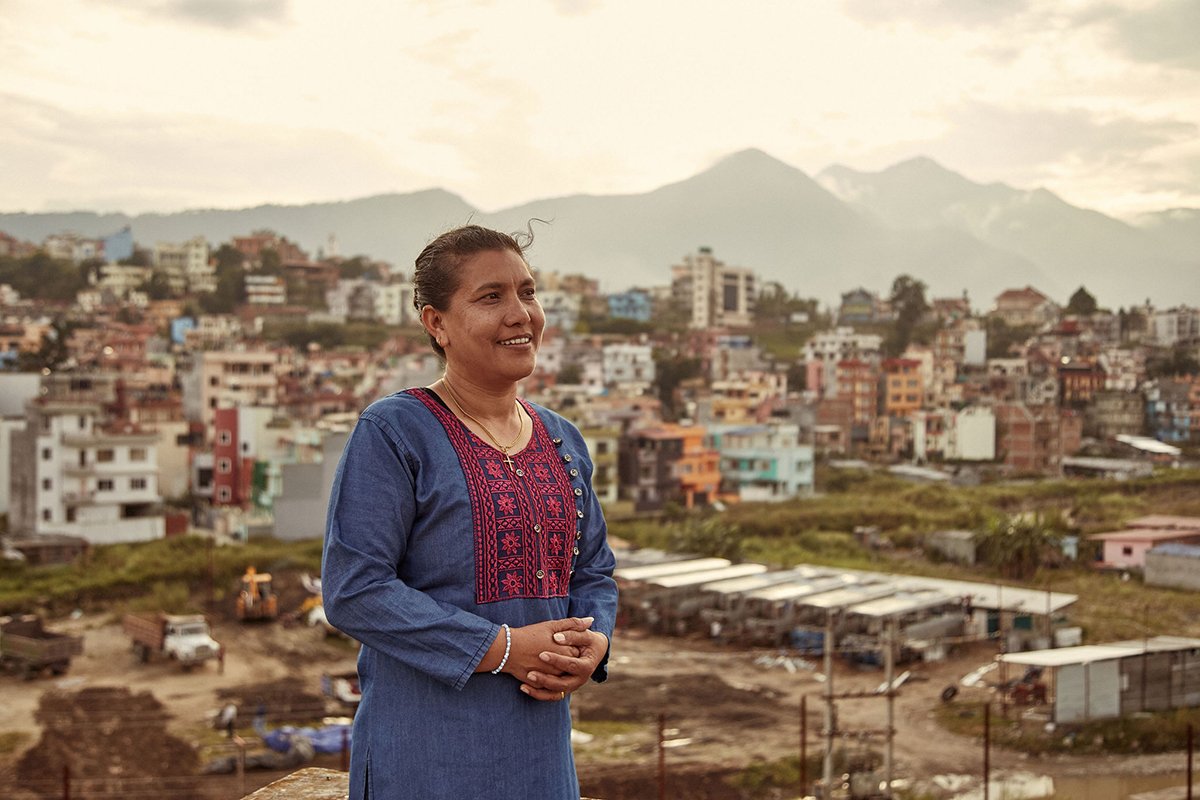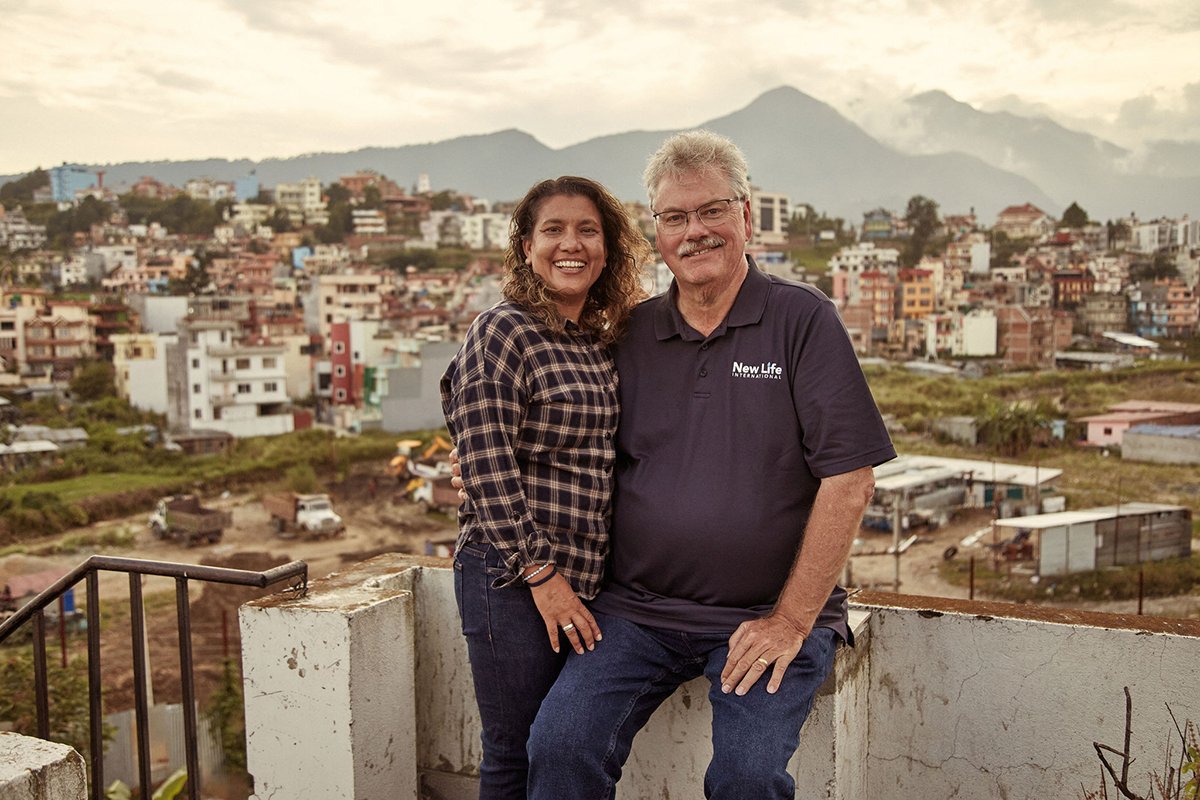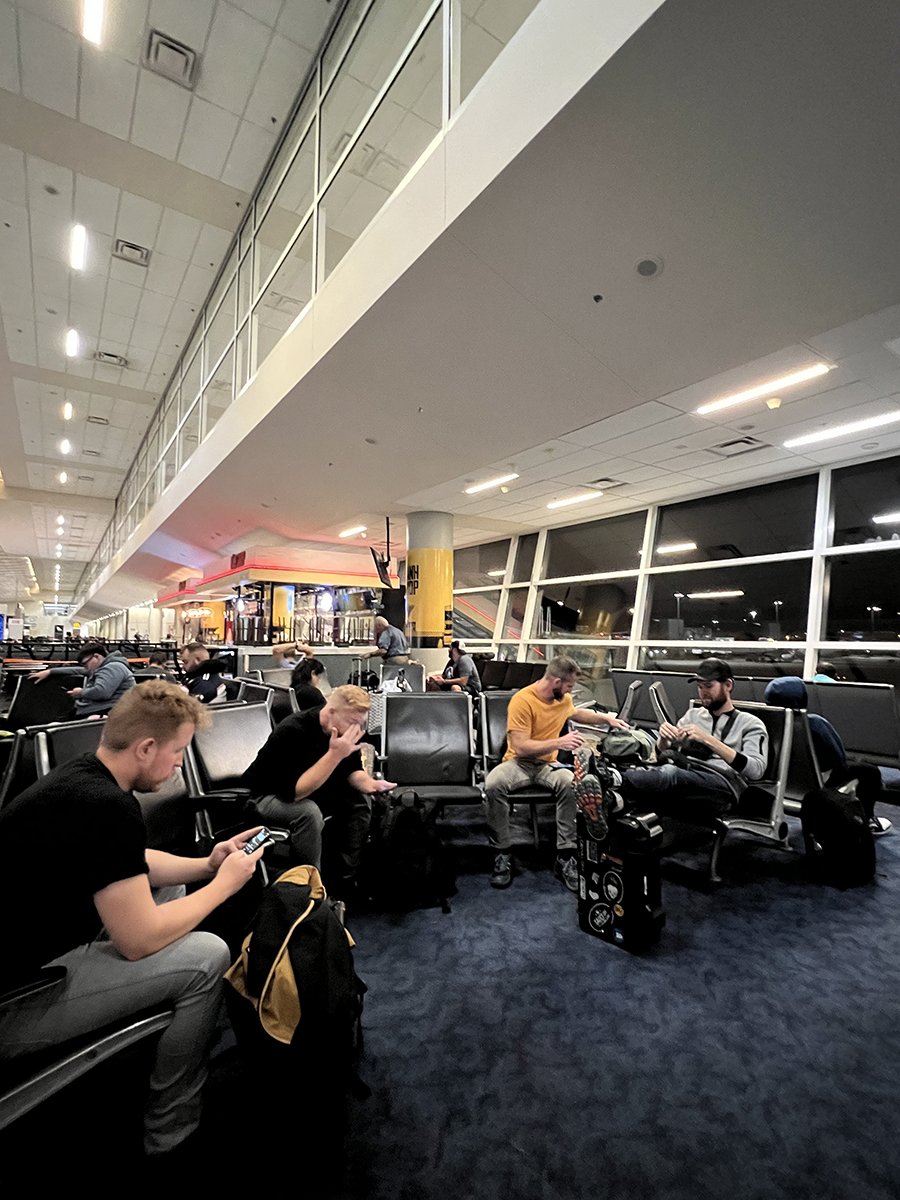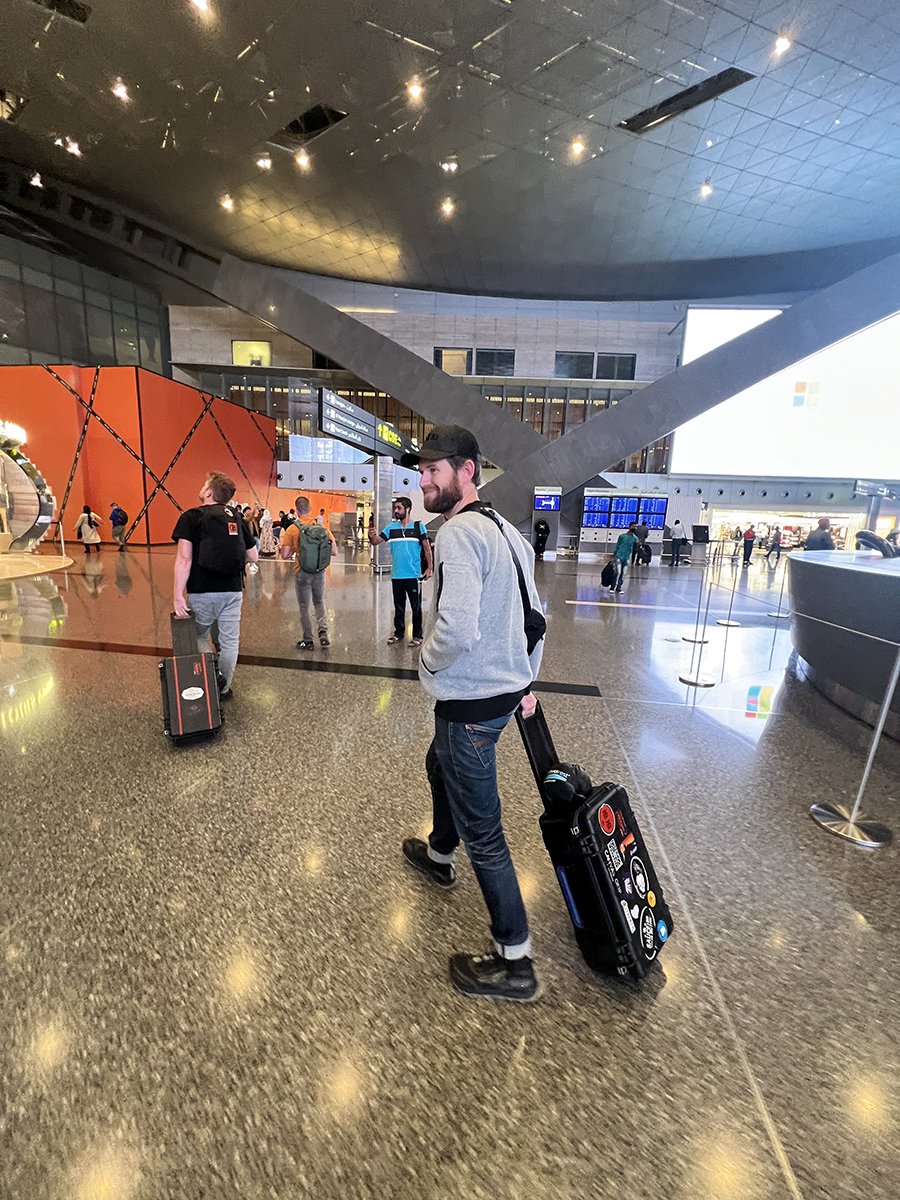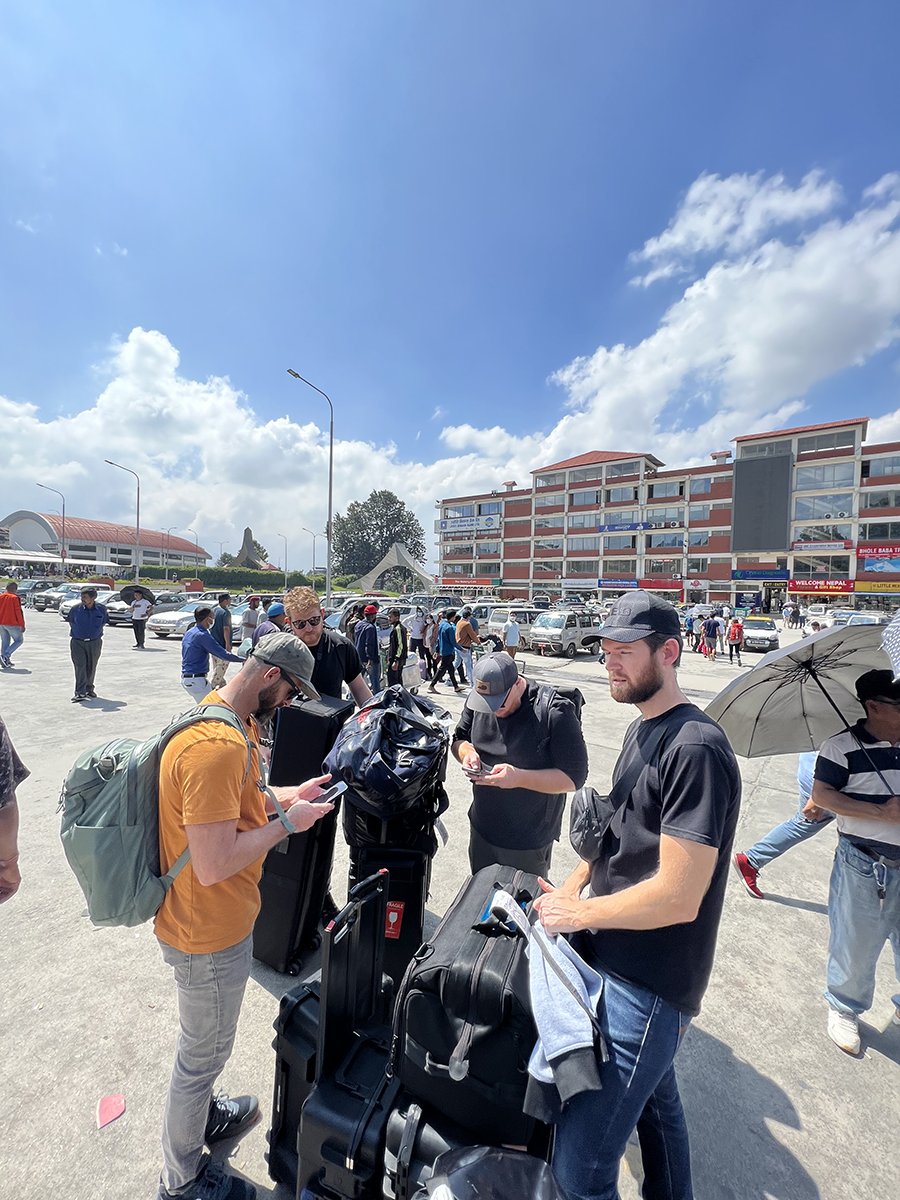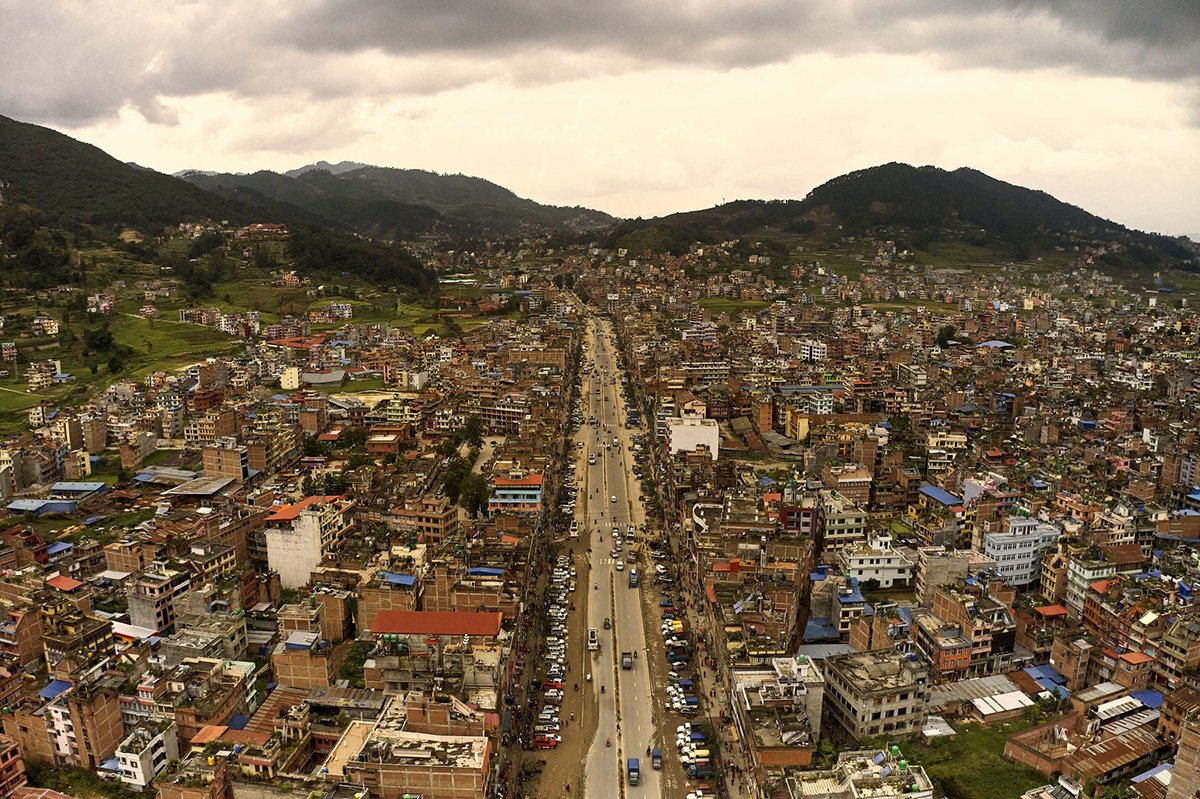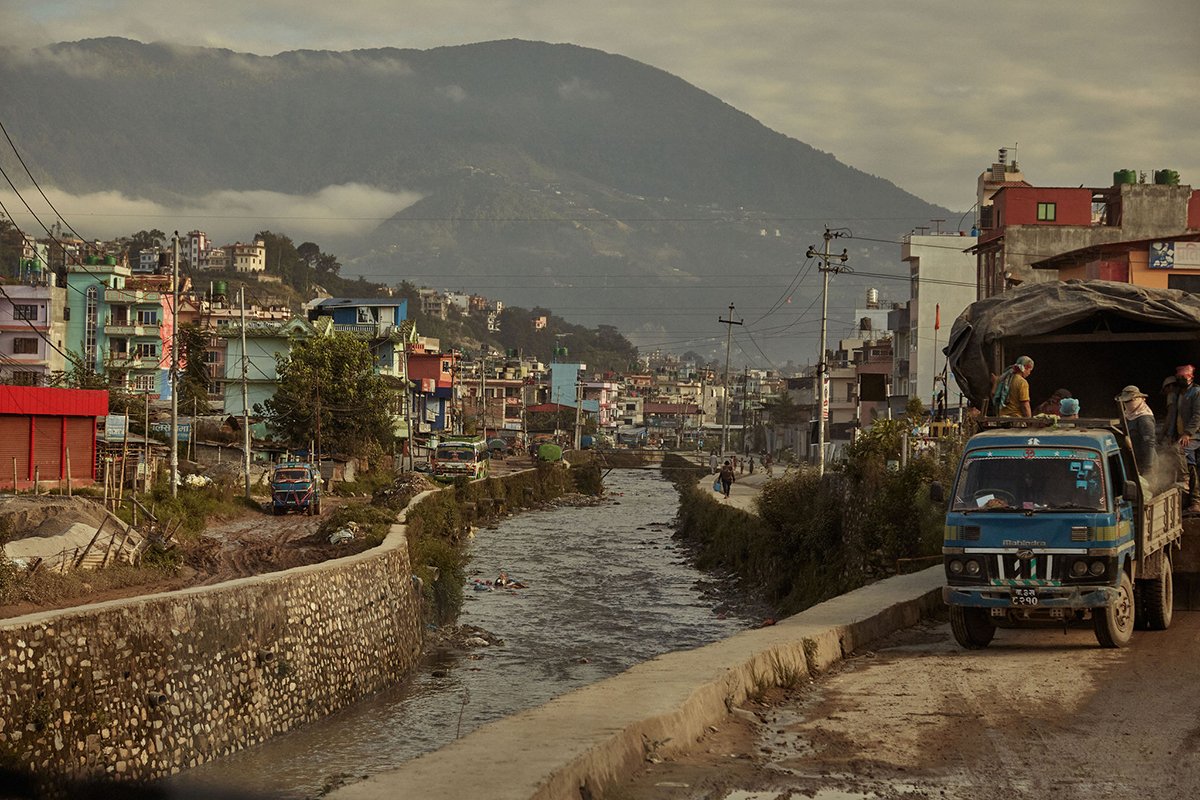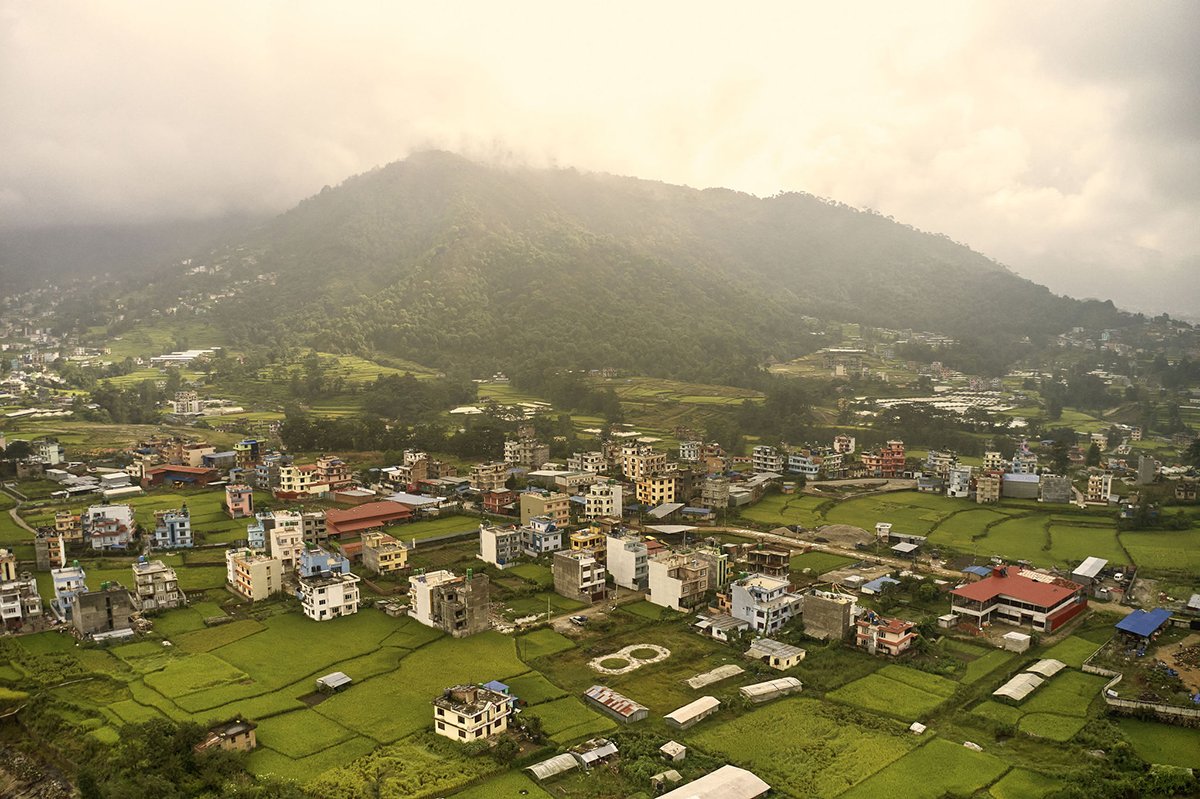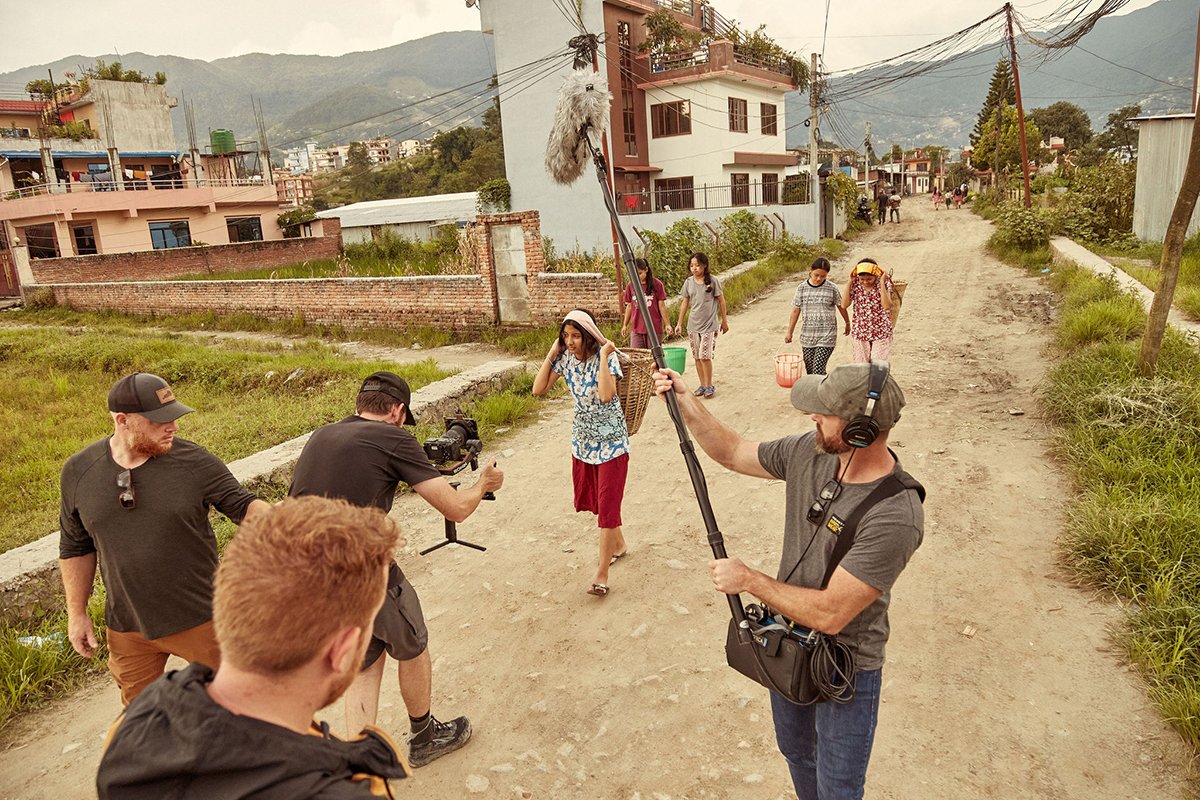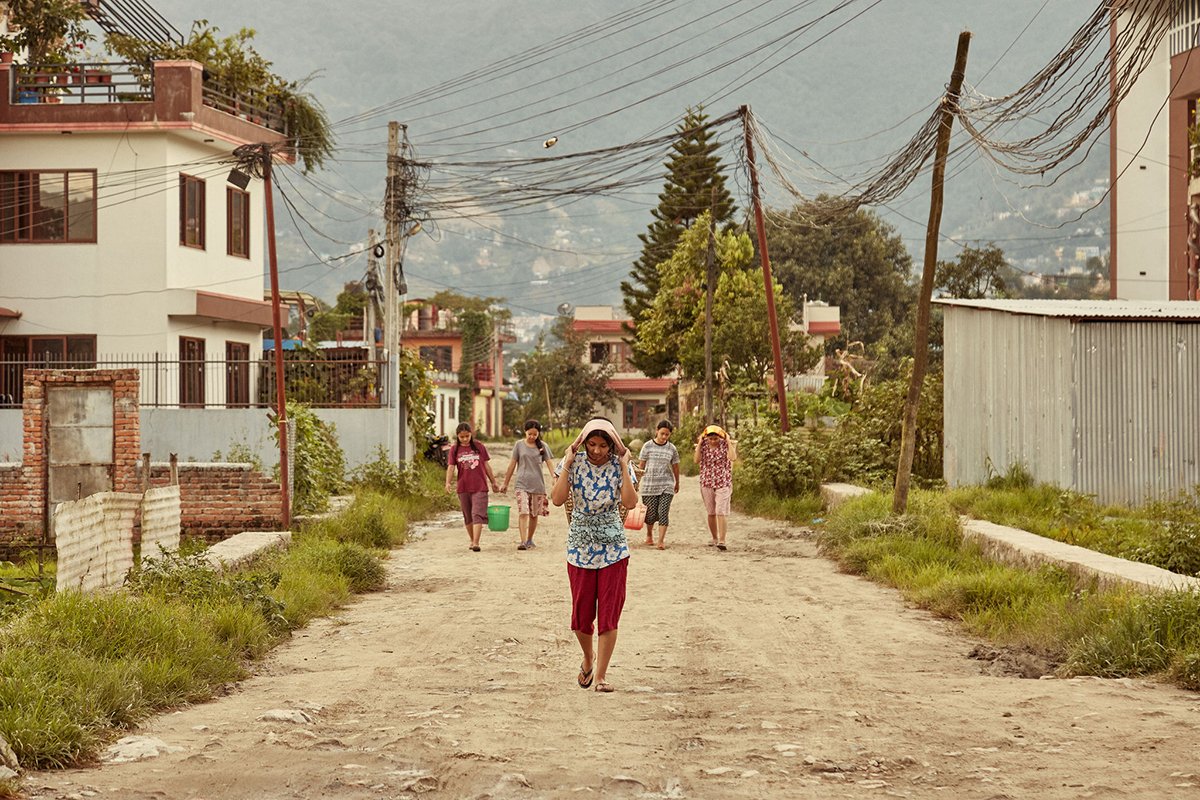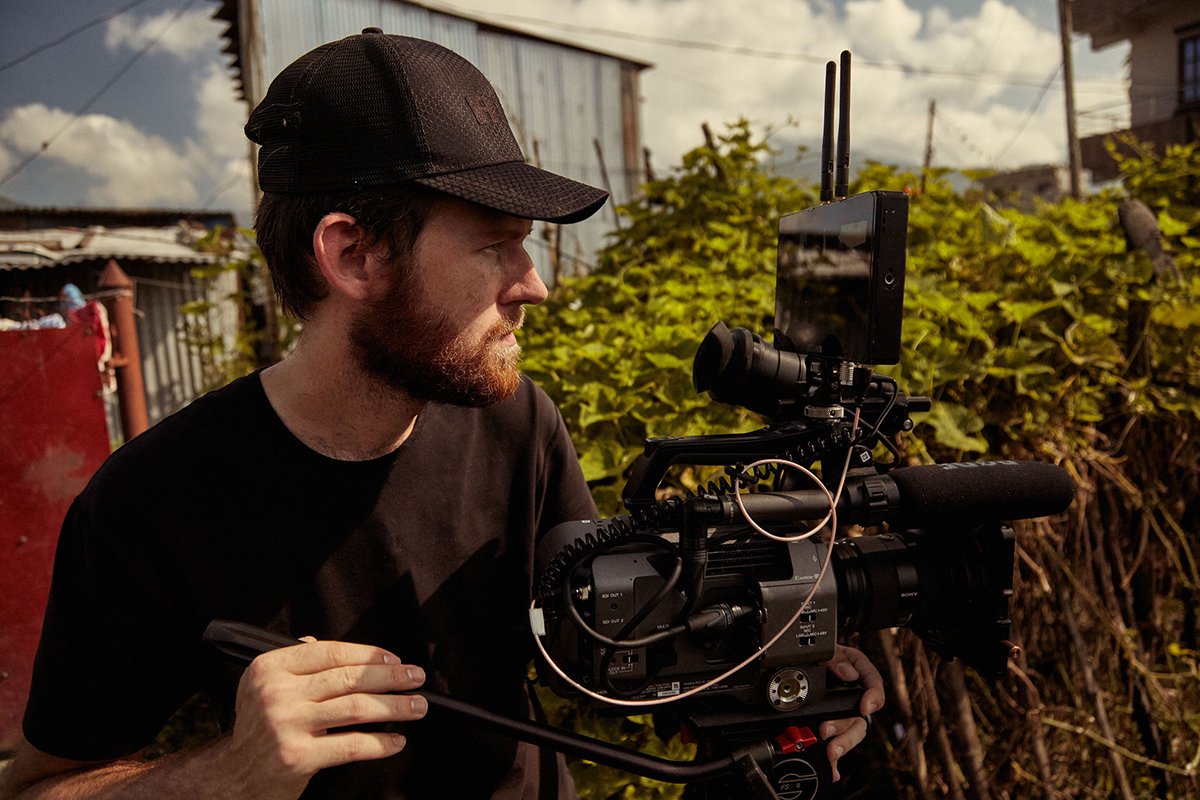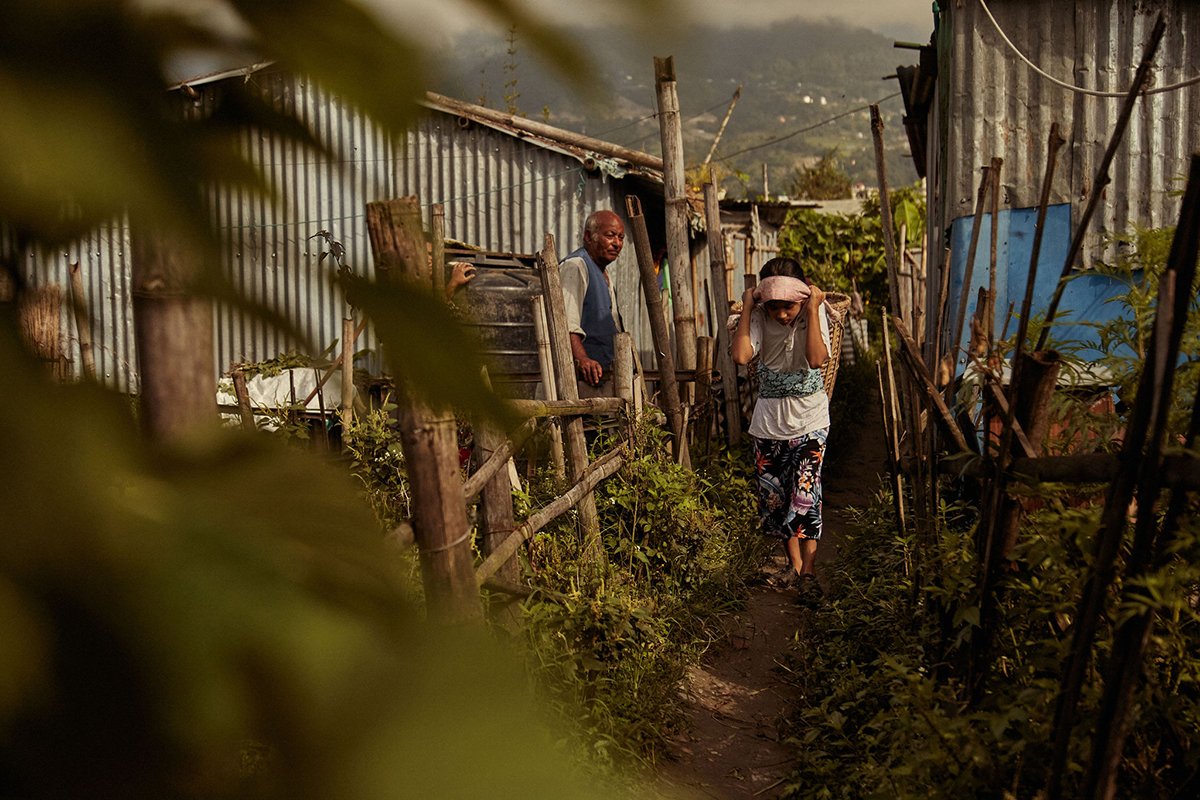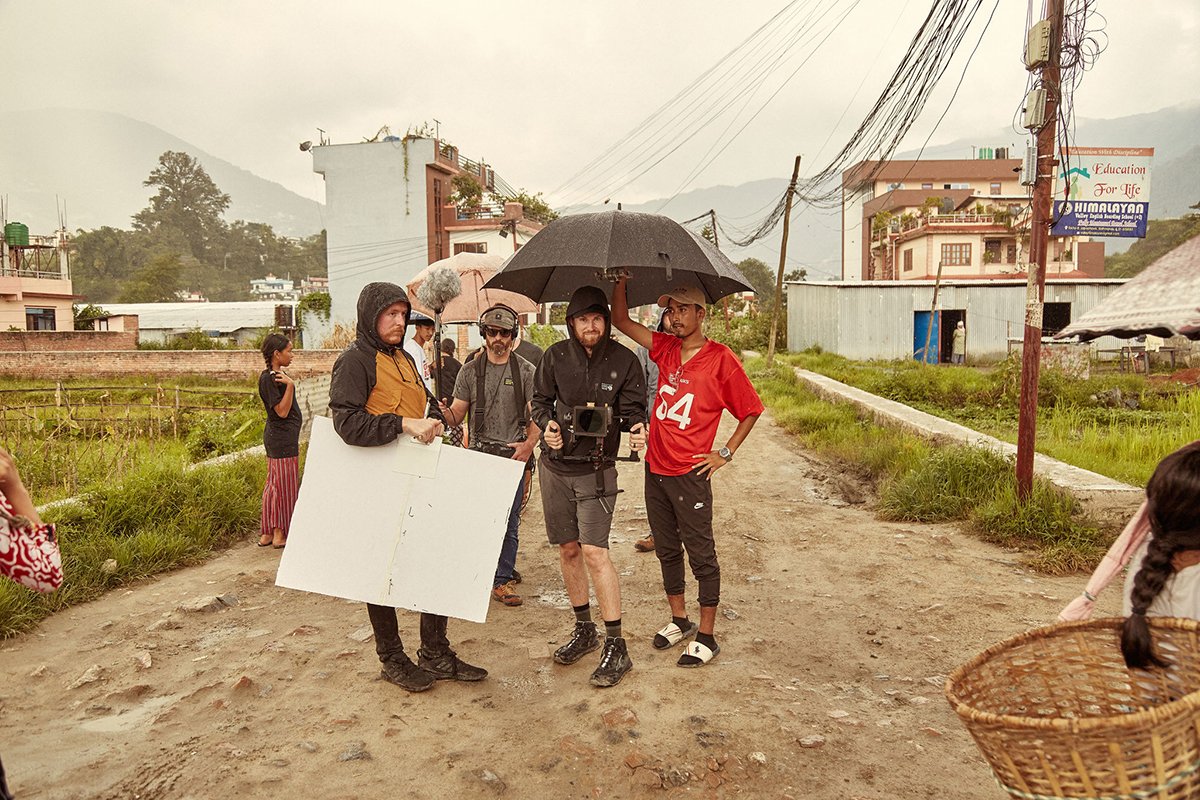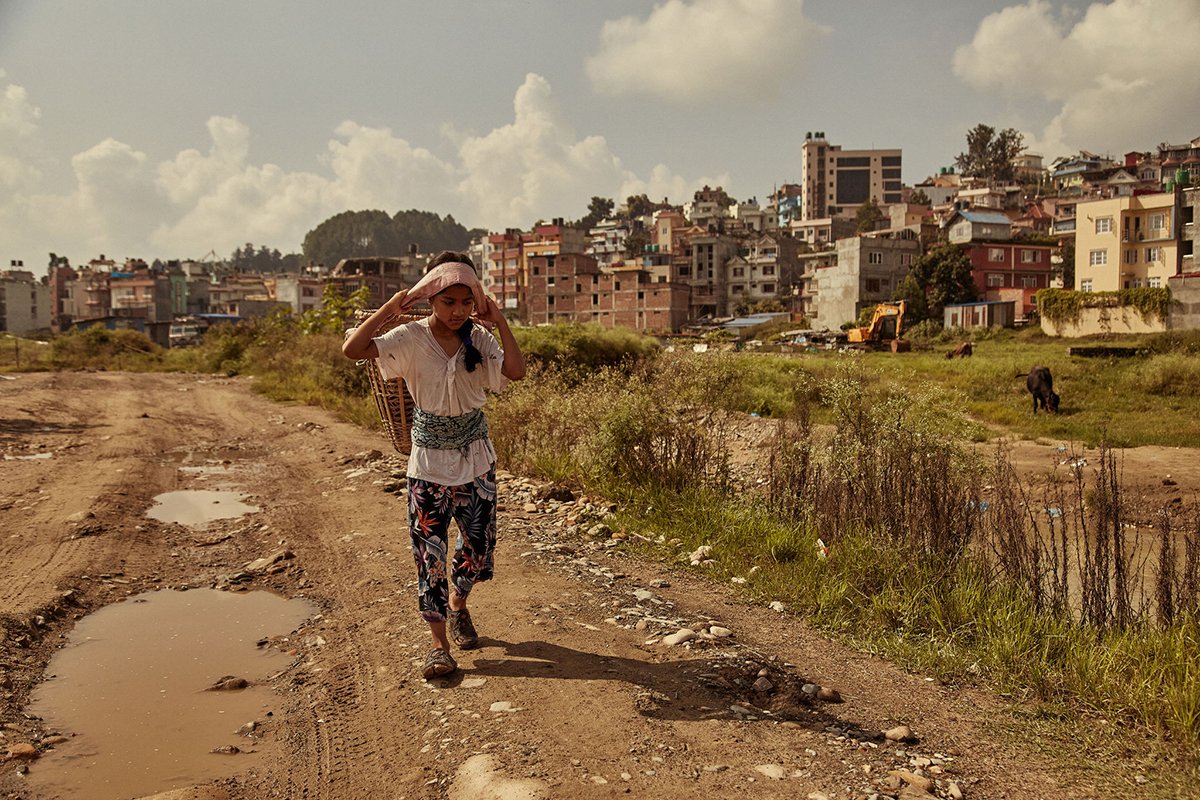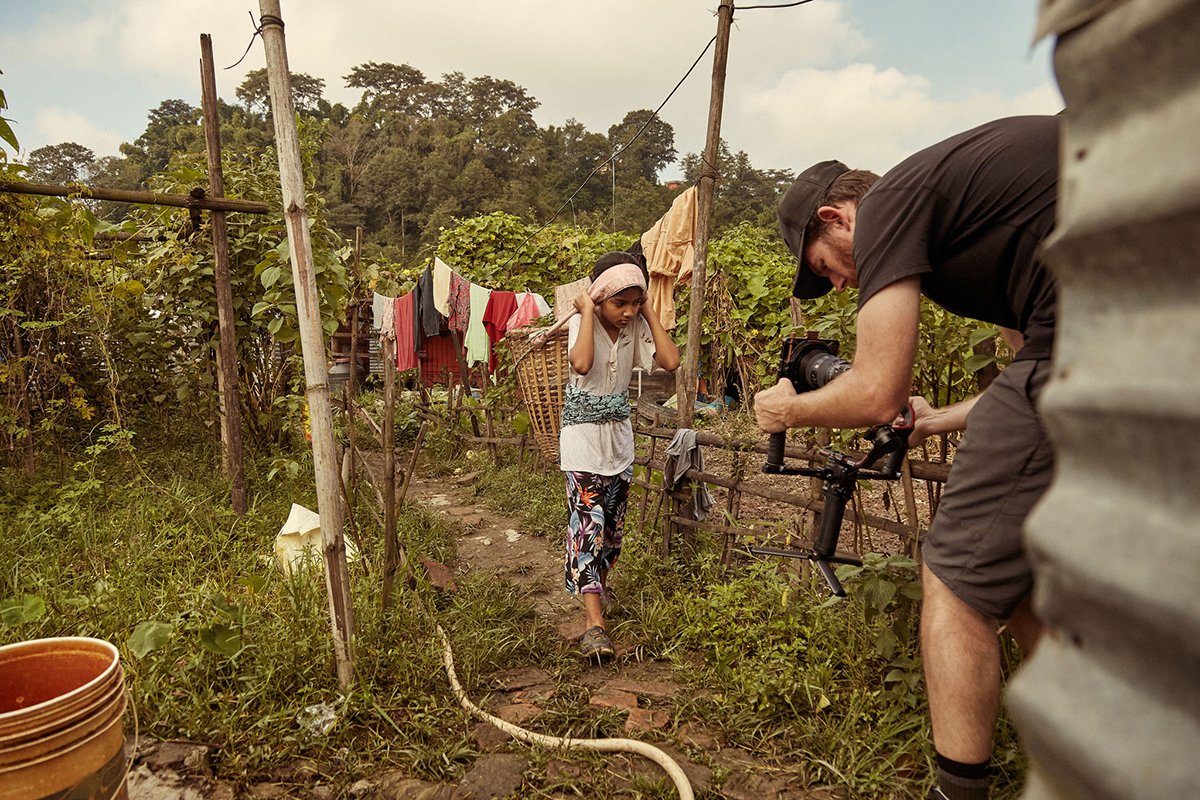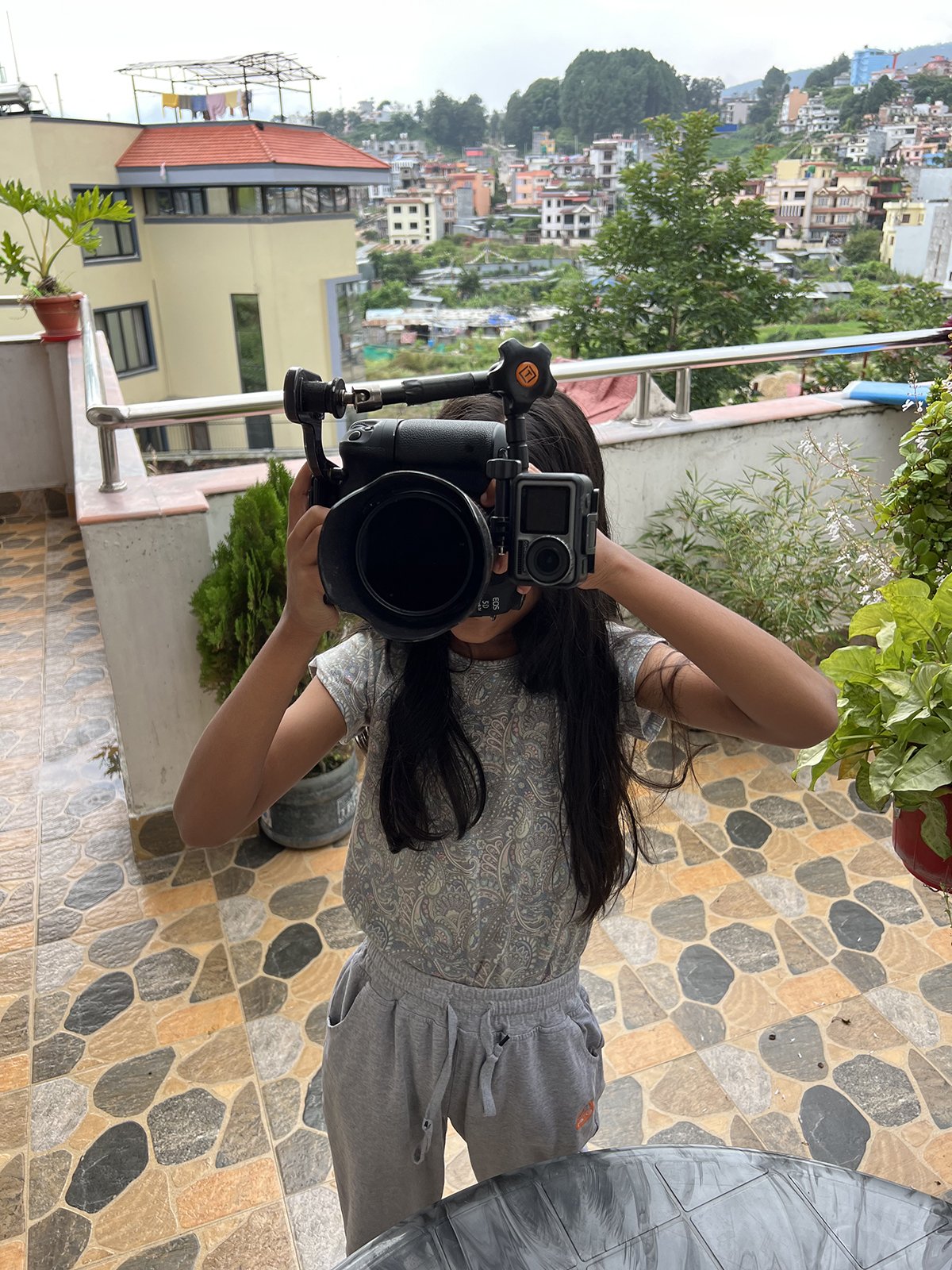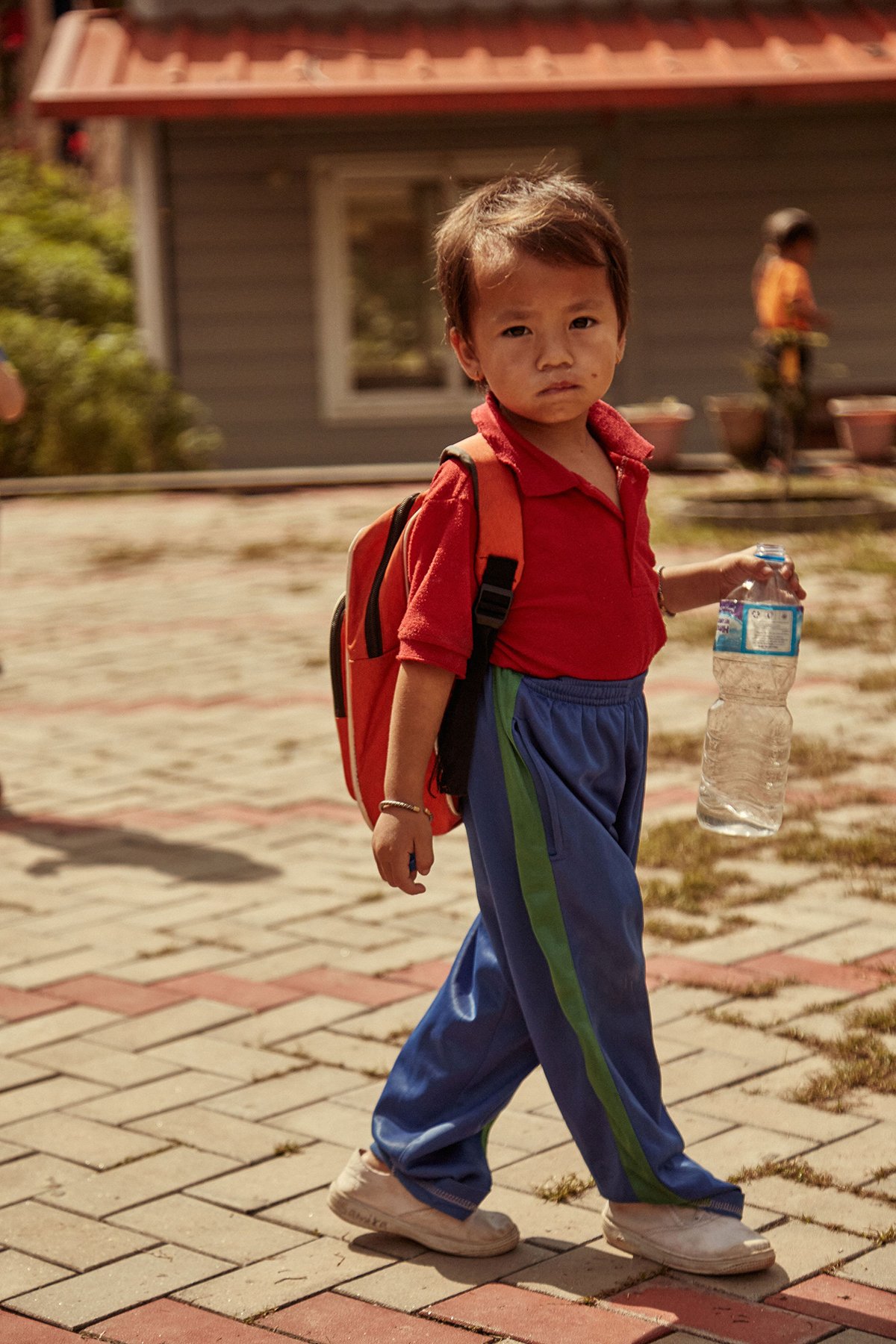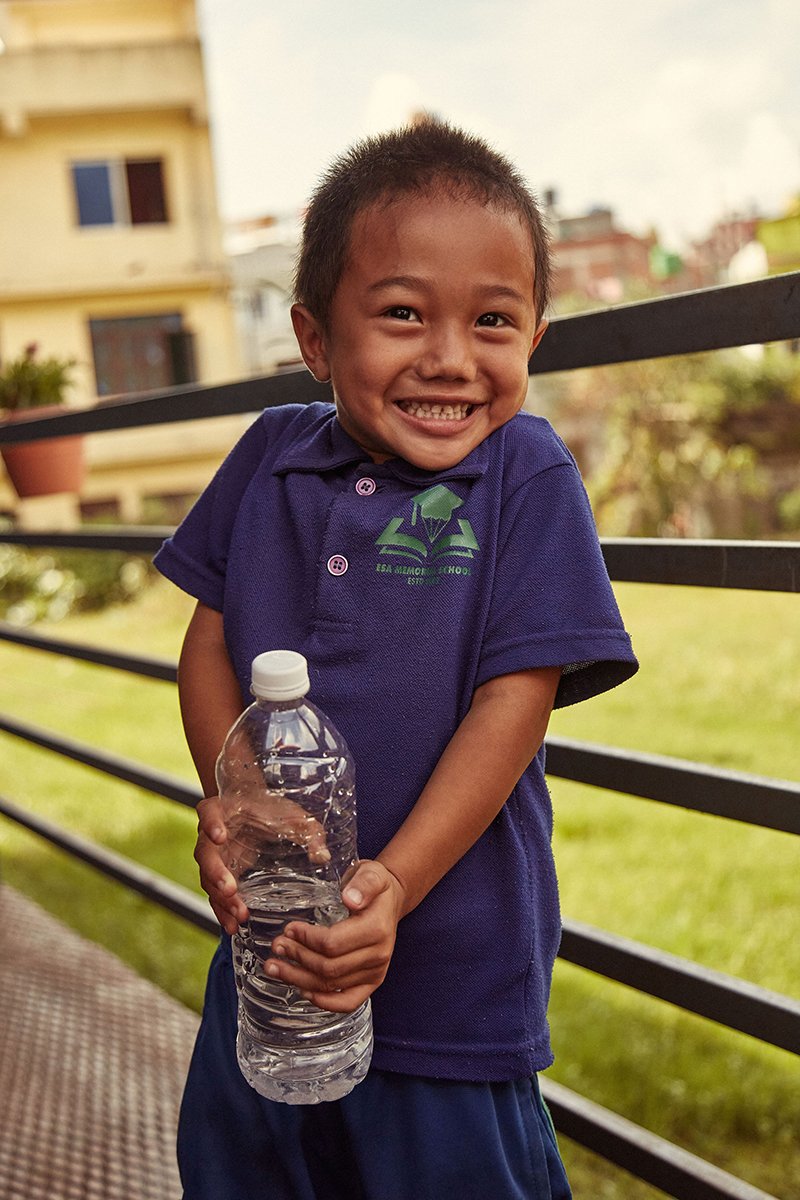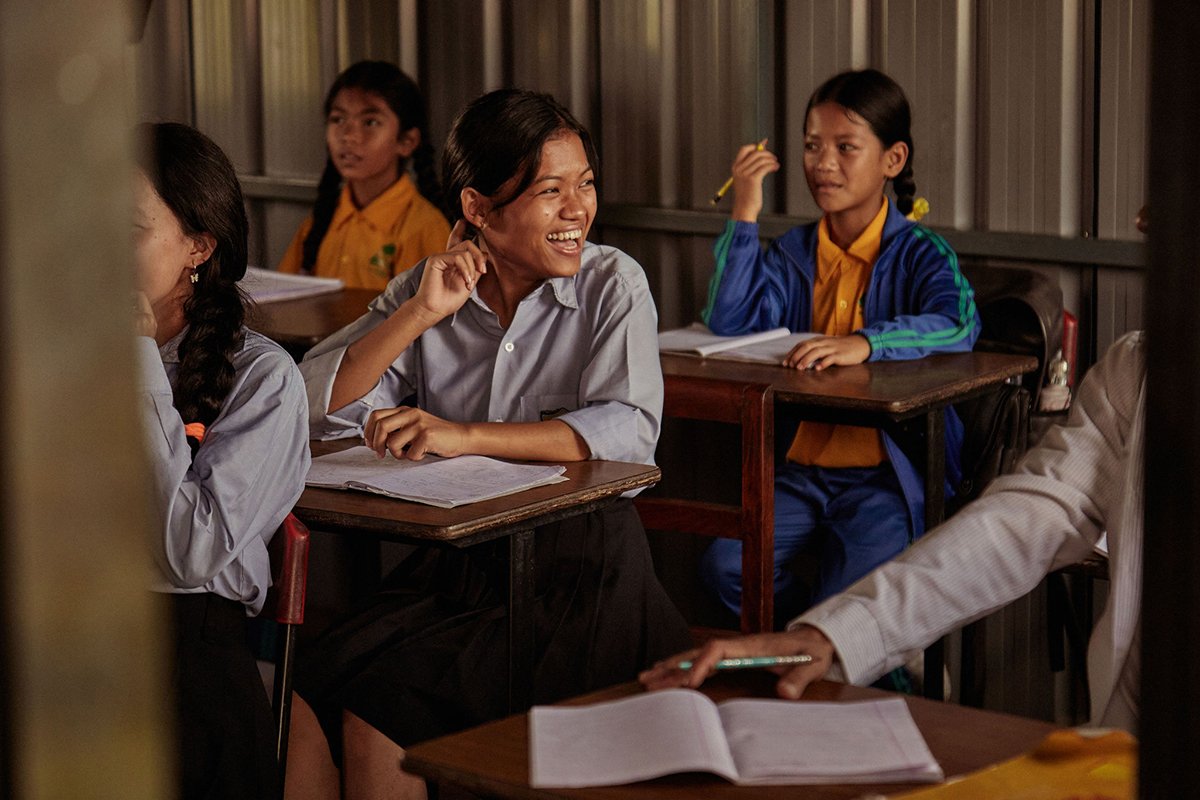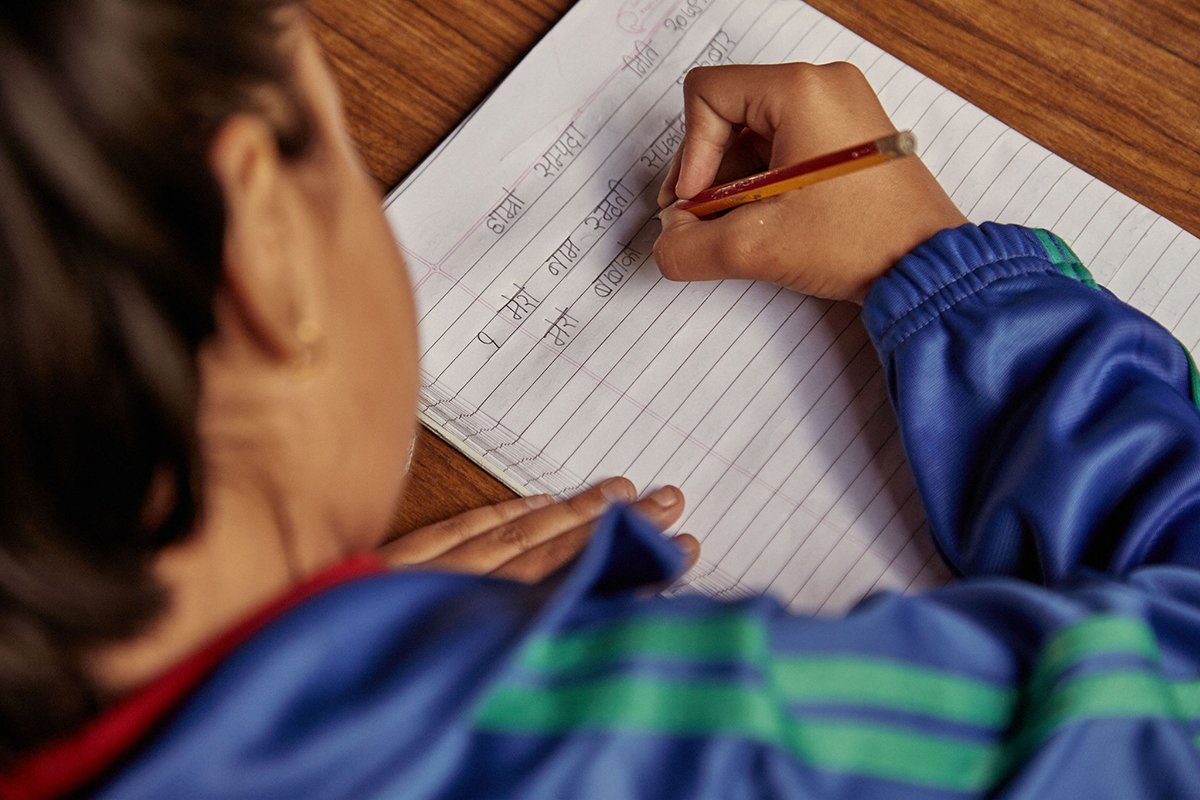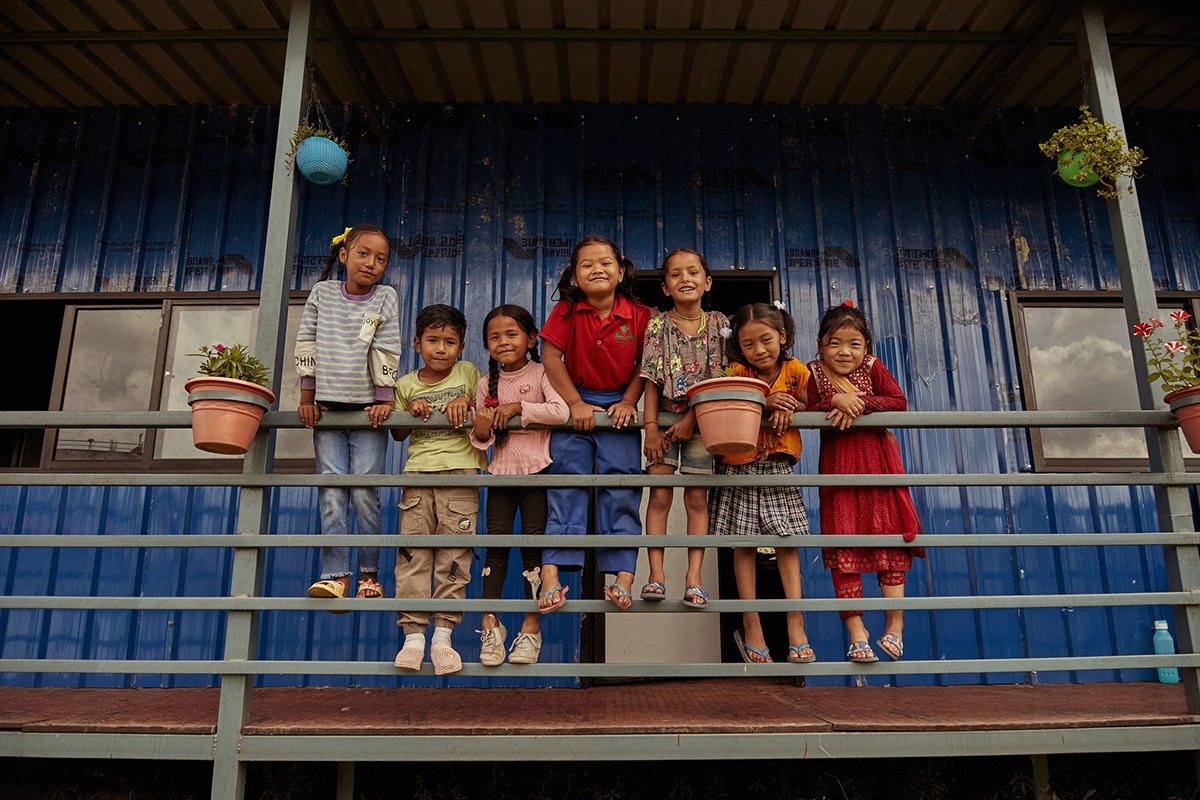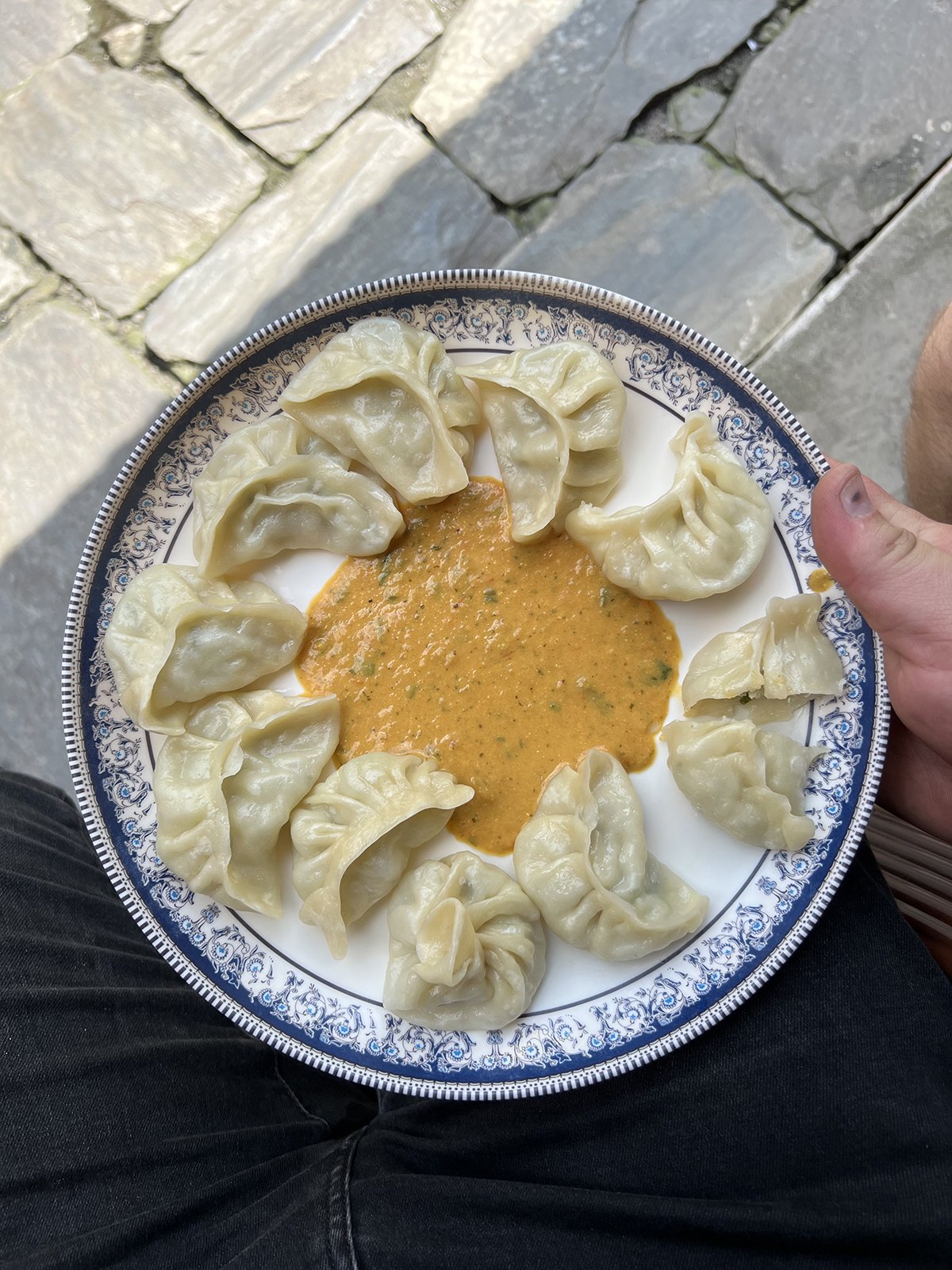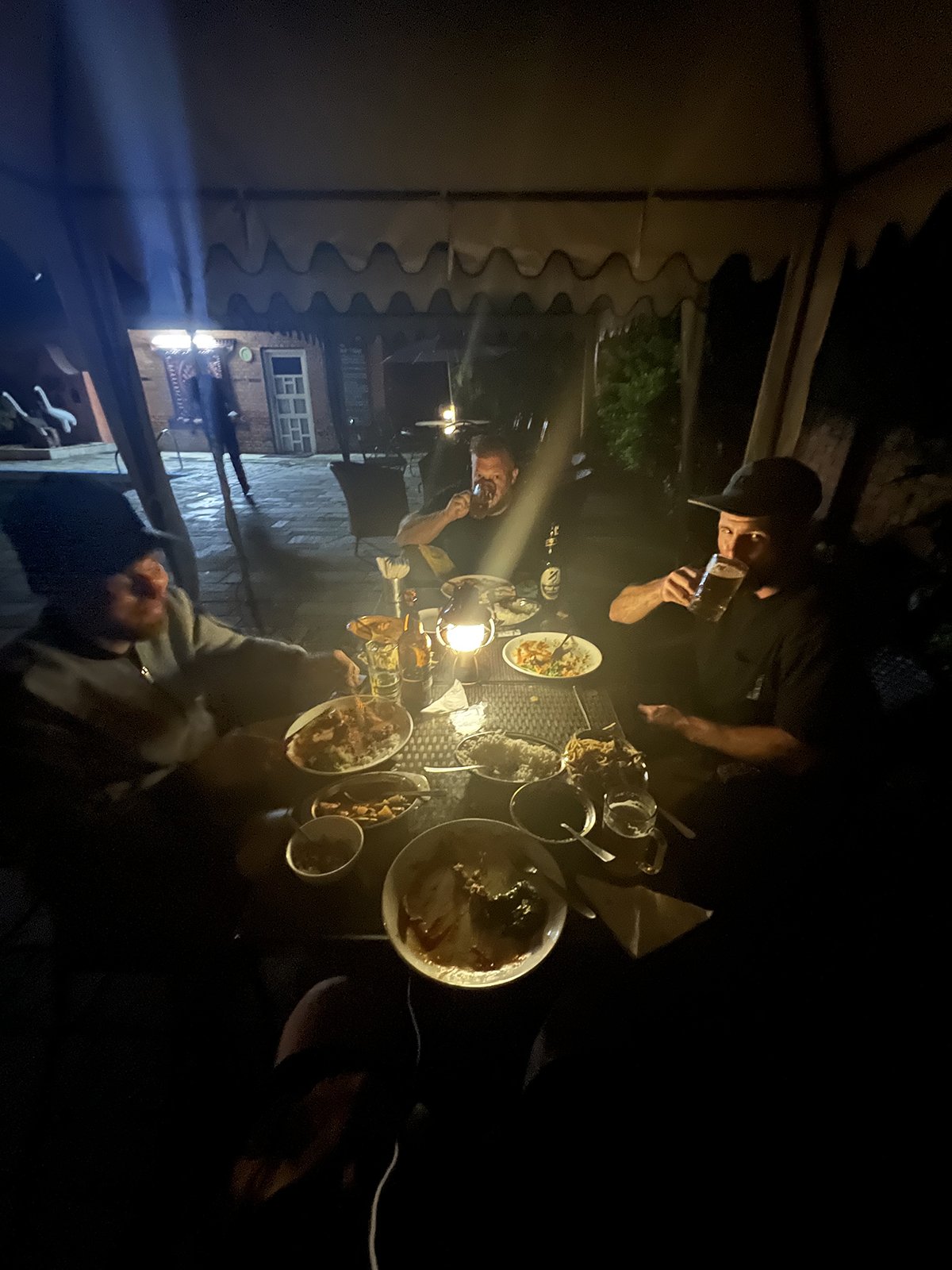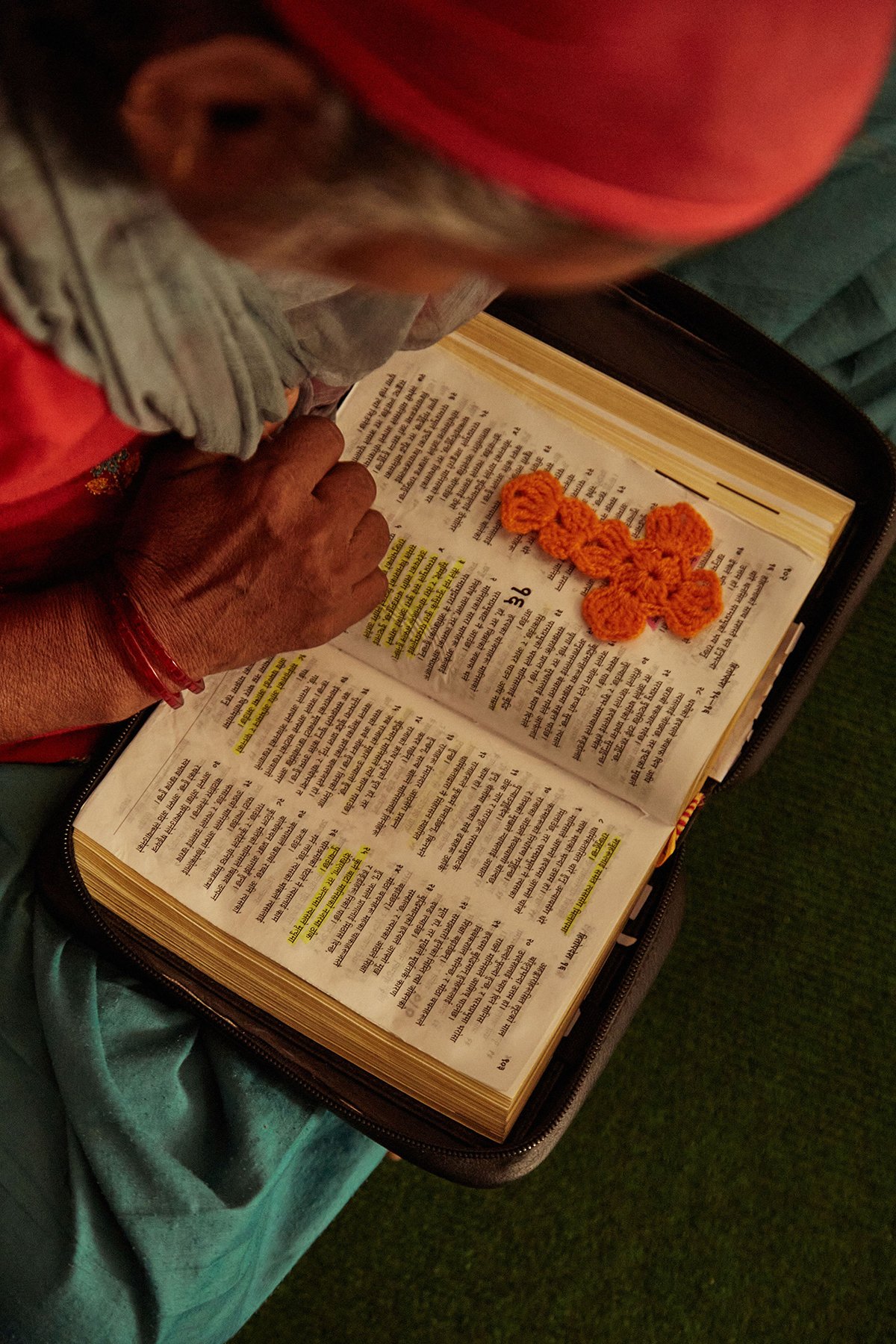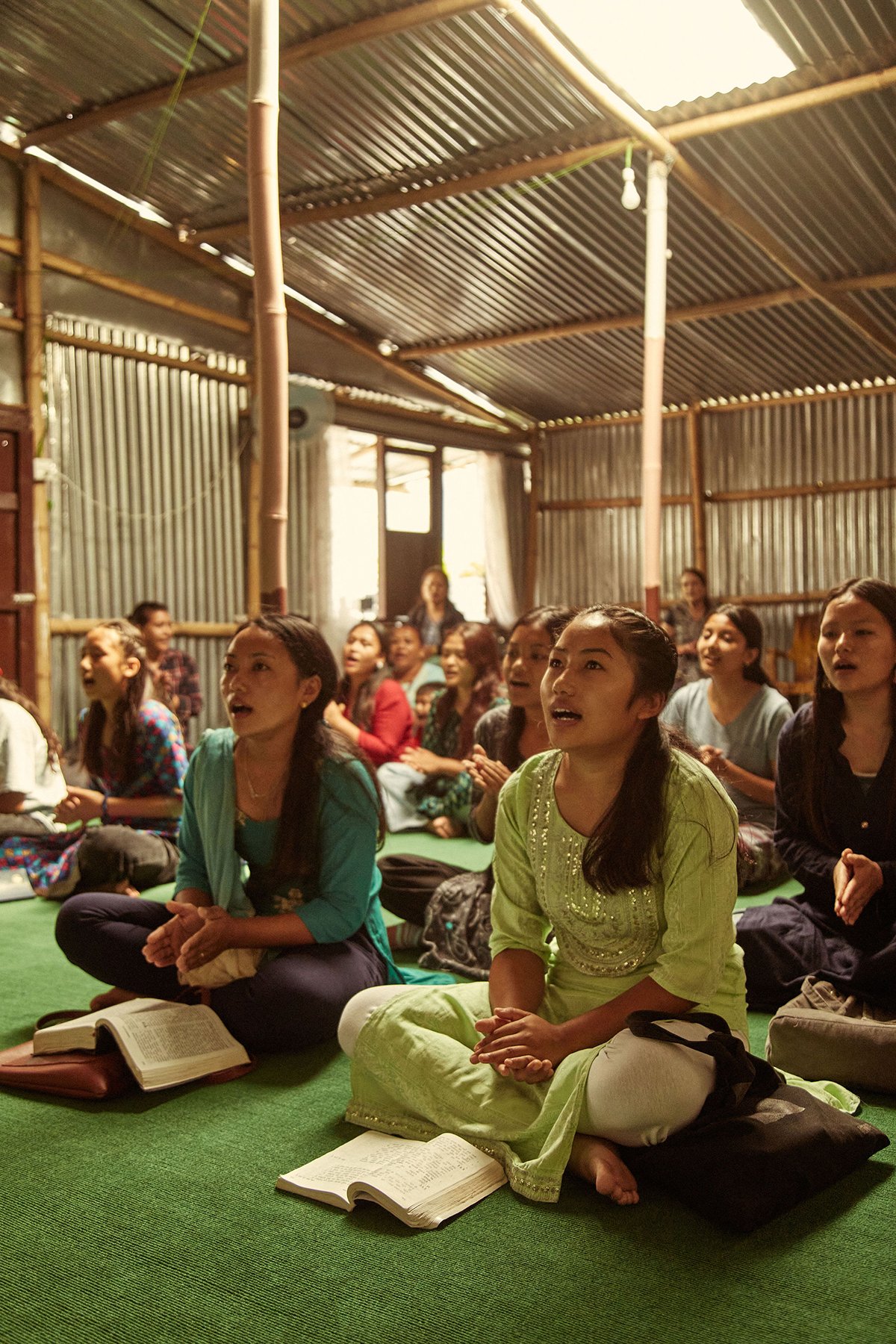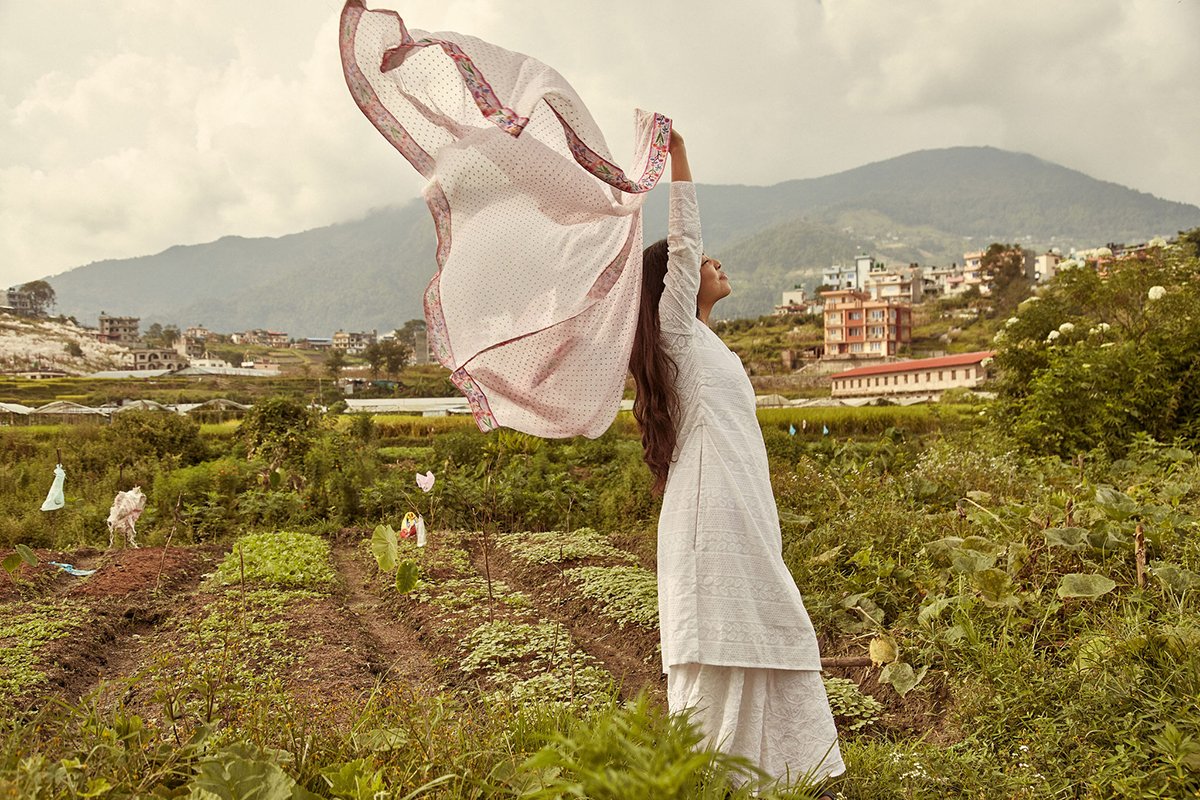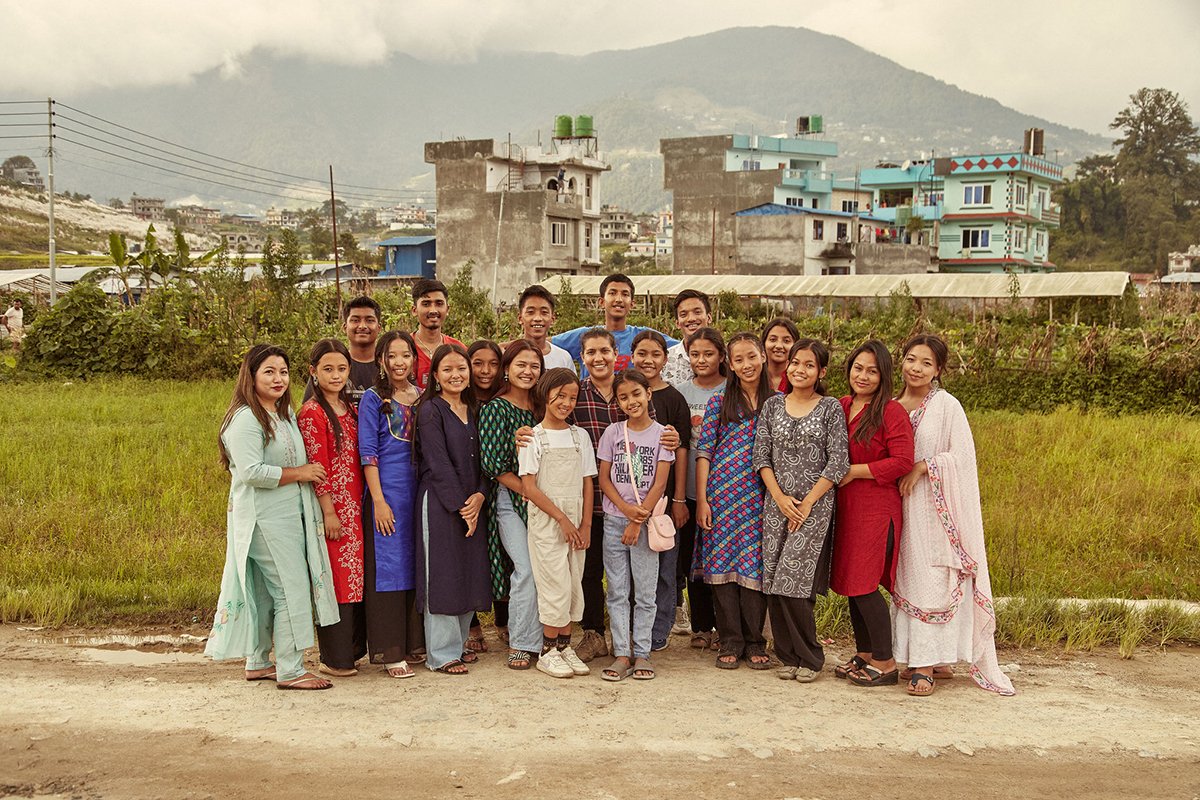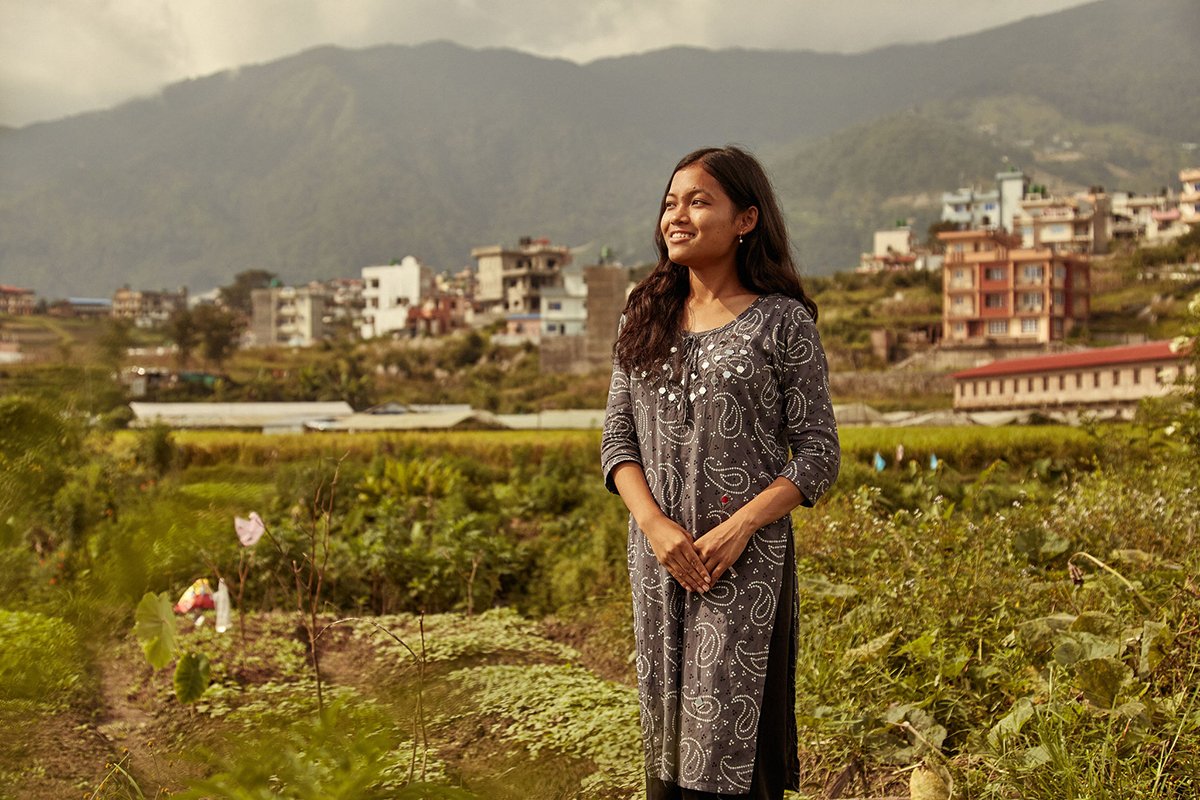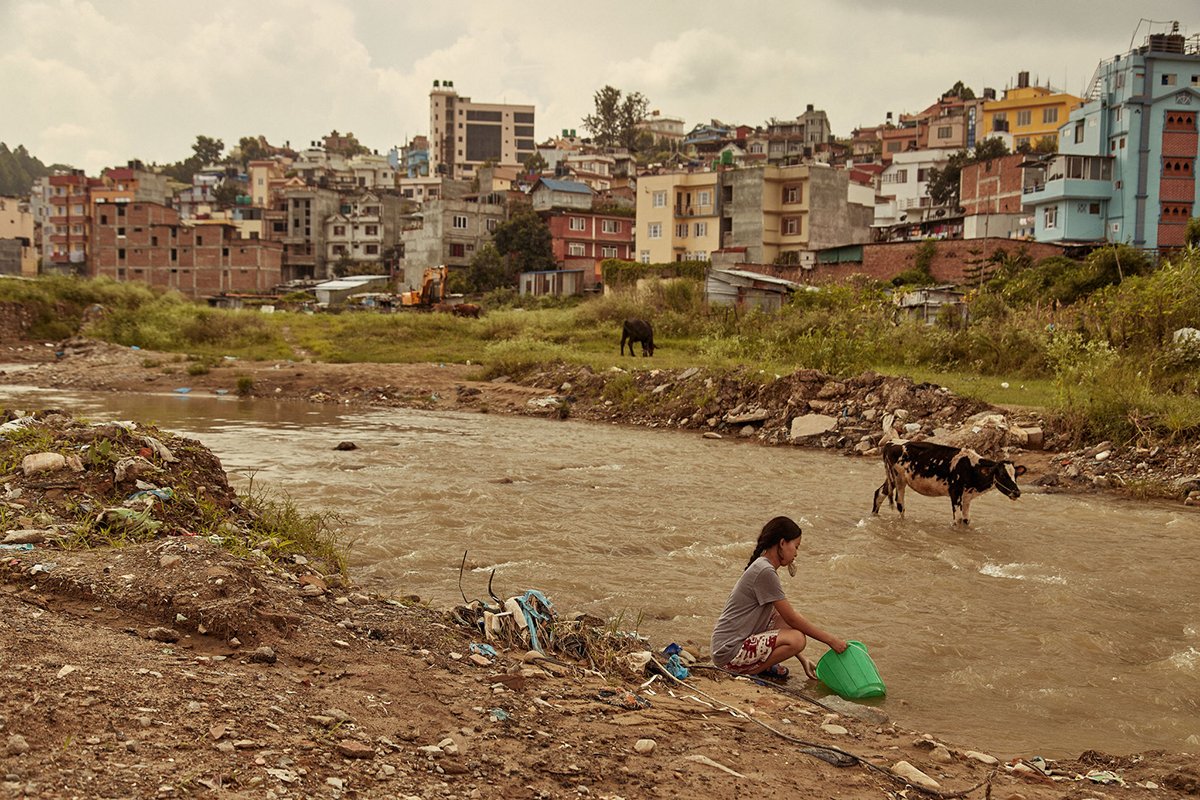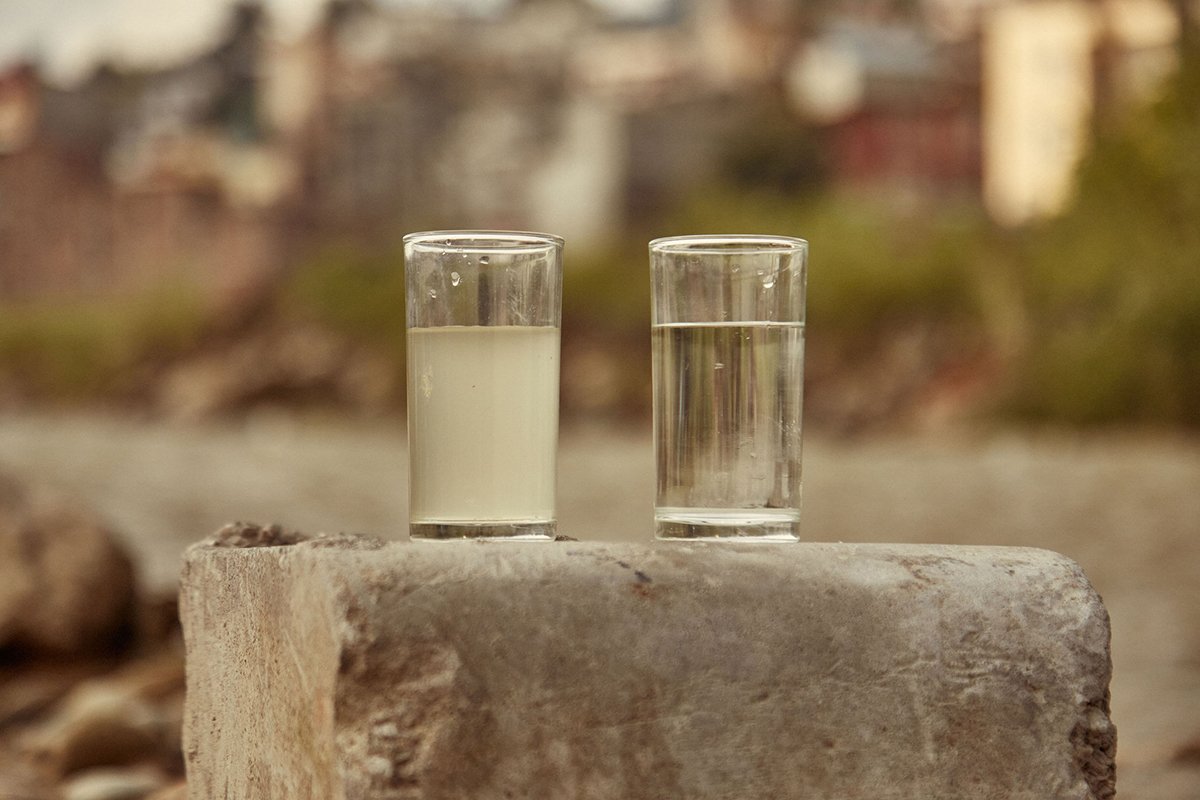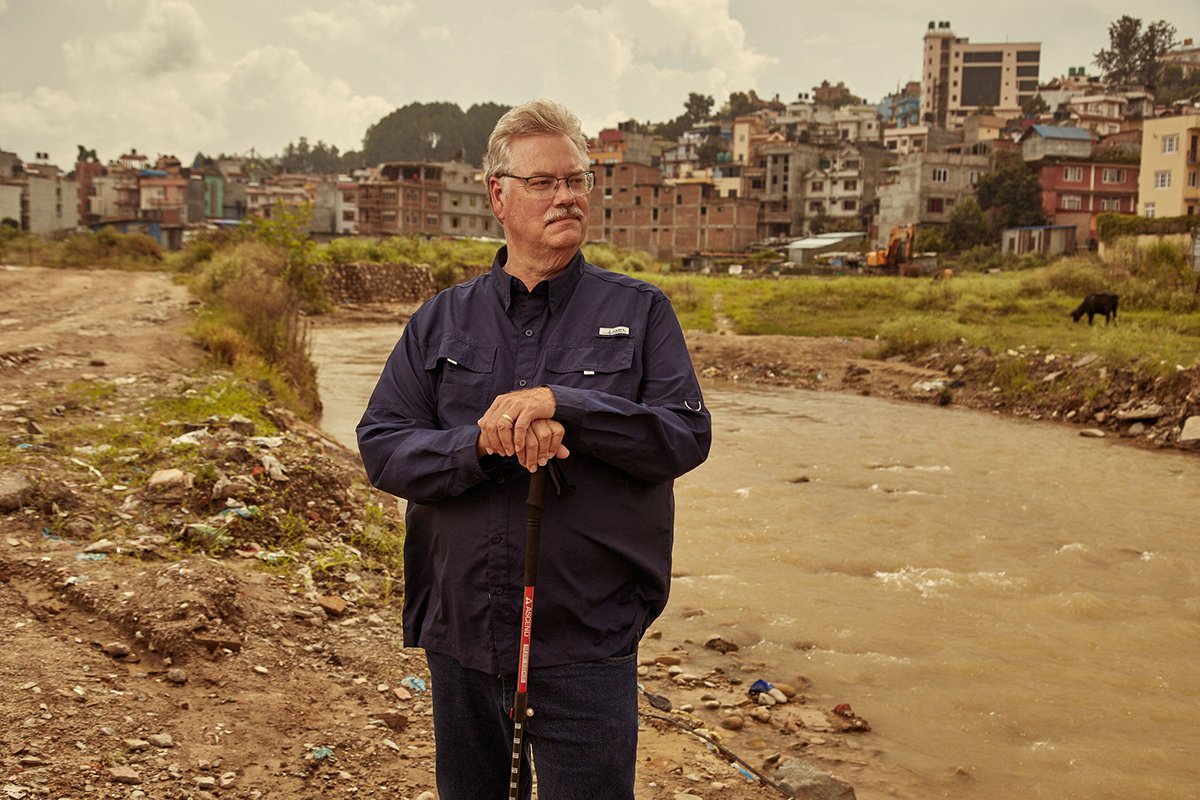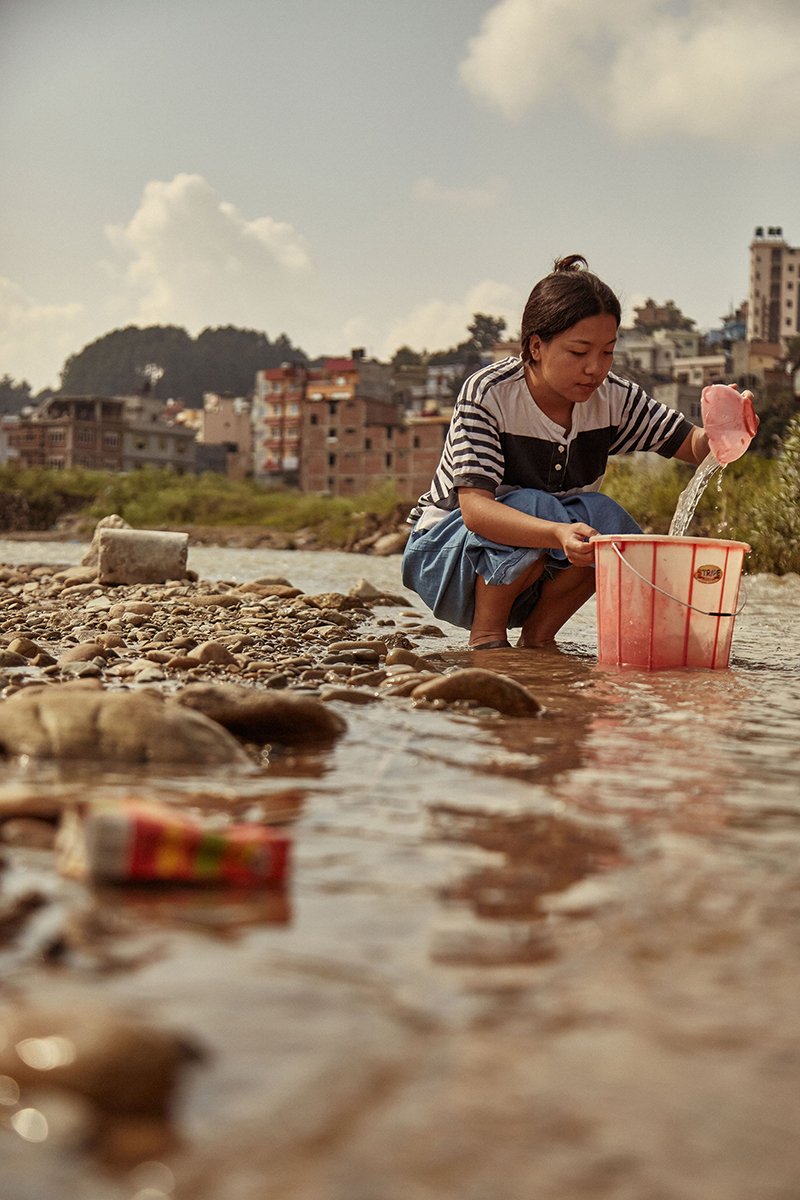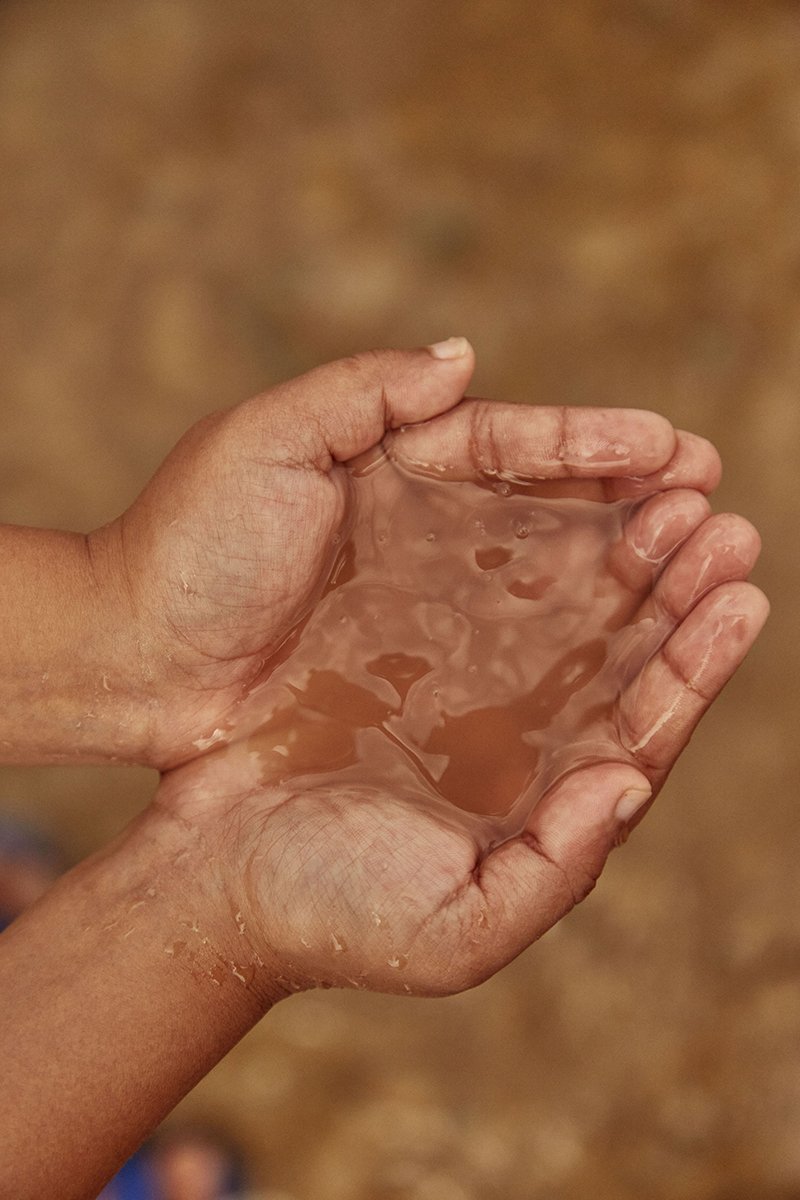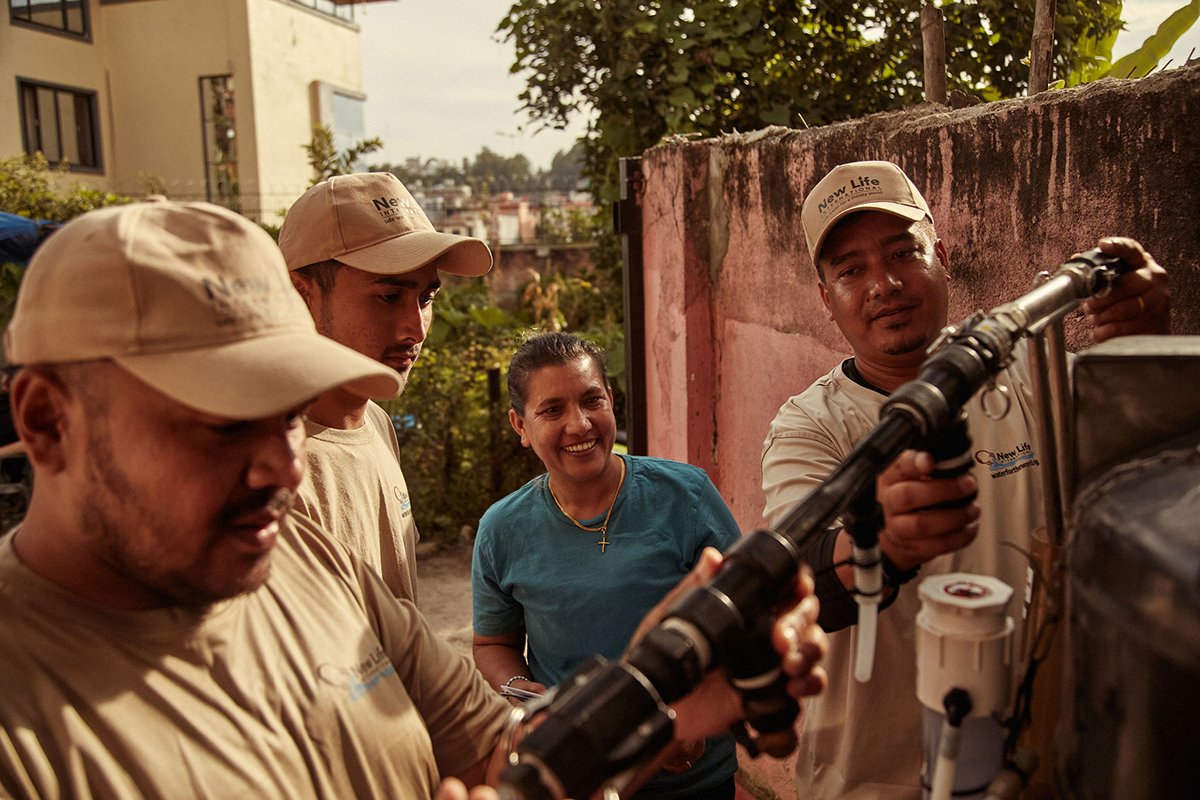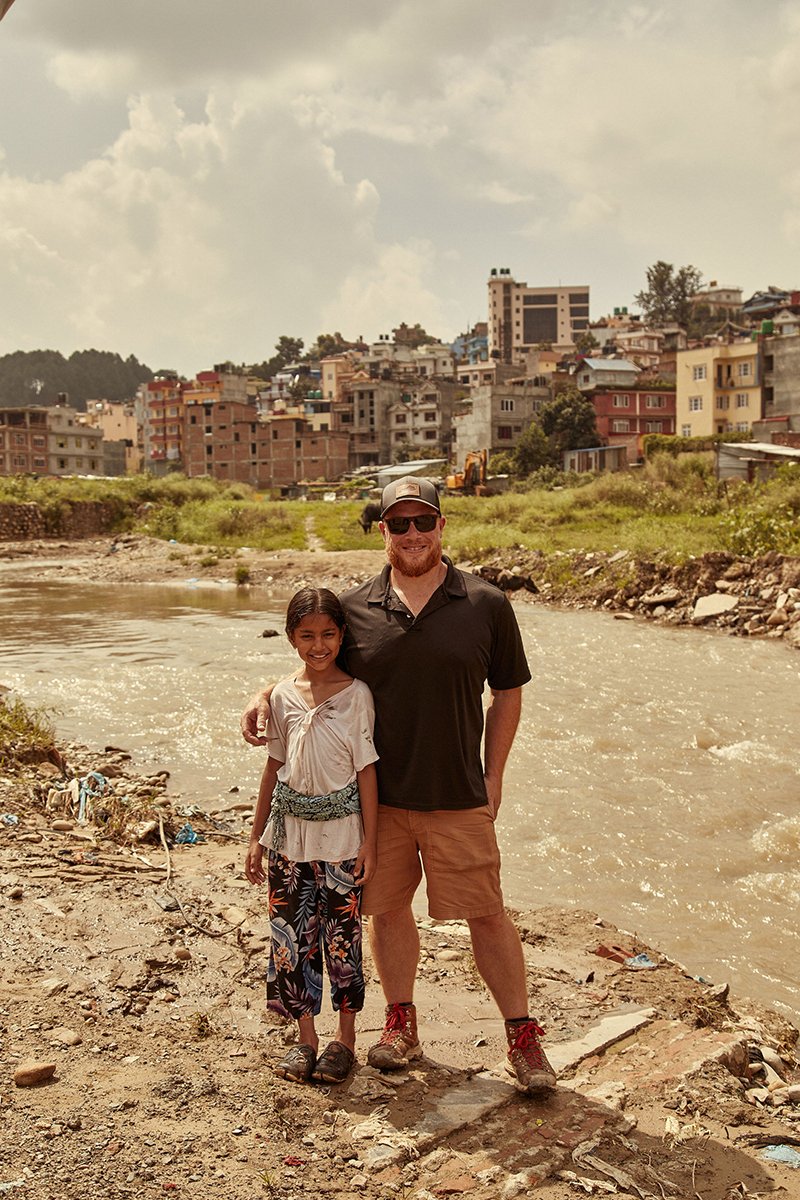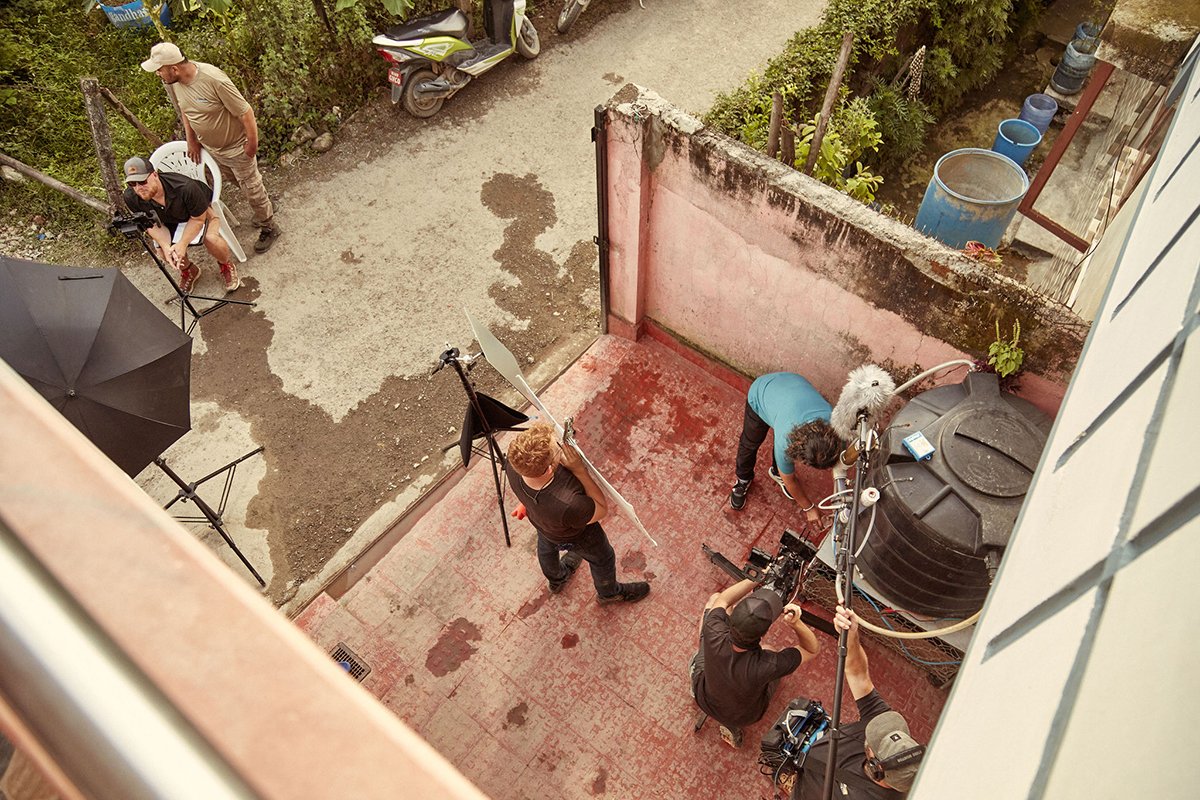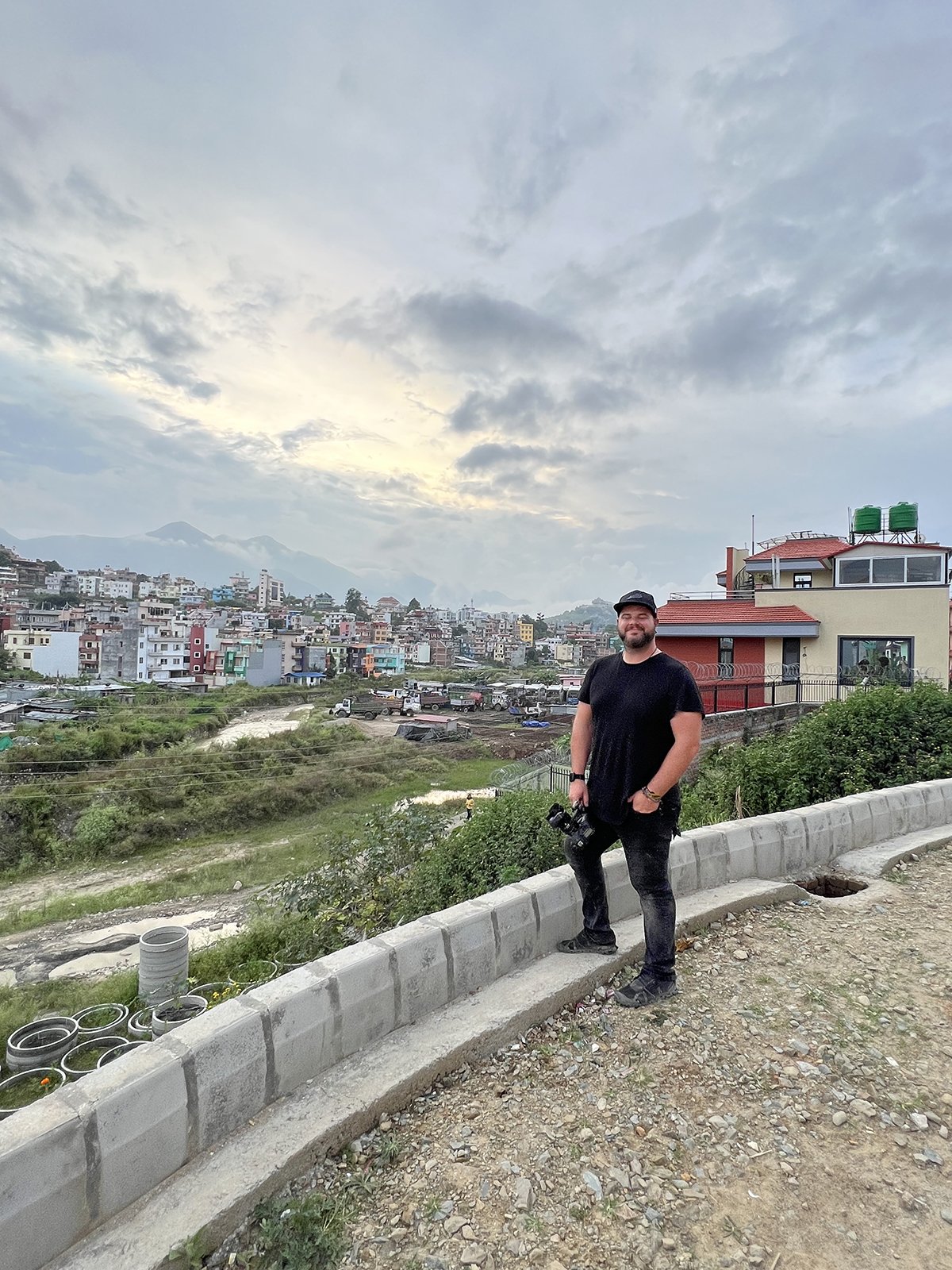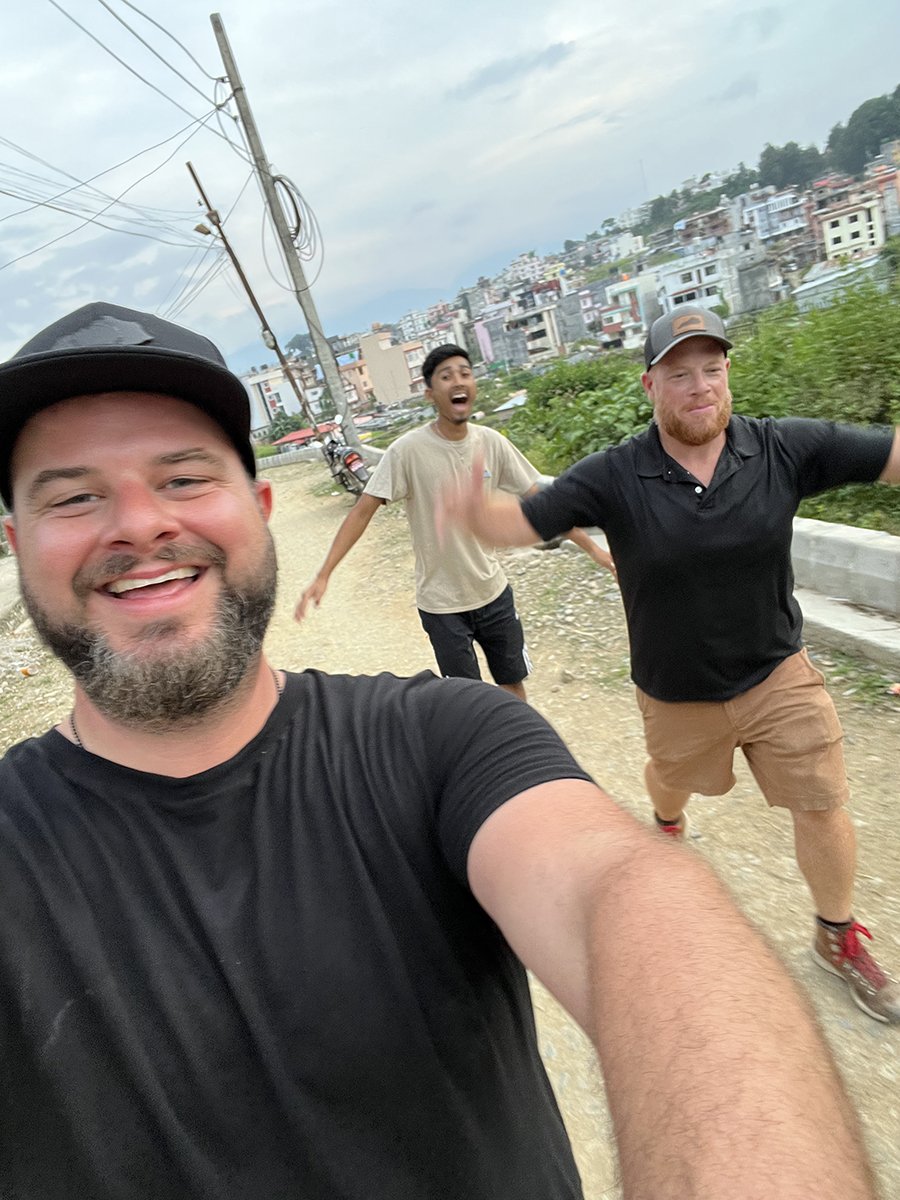NEPAL
When I began working with international non-profits over 10 years ago, I began to piece together a greater picture of the world as it is. As I changed my perspective, the reason behind why I captured a photograph also changed. I wasn’t as interested in creating the “perfect” shot, because knowing the impact of the image challenged me to compose it differently. Since then, empathy has played a role in my ethos as a photographer, and I’m always humbled by the opportunity to connect with people and give back to them in some way.
This brings me to a recent project with New Life International, a faith-based clean water initiative that helps communities set up localized water purification systems around the world. Since 1998, they have been providing safe water through a simple, durable, and effective system designed by engineer and founder Duvon McGuire. They’ve helped people in over 80 countries by establishing more than 4,000 purification systems. No matter how many times I’ve journeyed to remote places, I always learn by seeing people survive in environments with limited resources. Because how we receive and consume water in the U.S. doesn’t help us understand the hard work required to collect, purify, and circulate it.
If you don’t know this yet, I got married in October of 2022, which is a difficult event to plan around as a freelance photographer. So when Ryan, a long-time friend, and producer at Nadus Films, approached me at my engagement party in May, I couldn’t even imagine an international assignment in Nepal. But I was also eager to travel and transition into my humanitarian work, so while the timing of the trip was tight, I had to join in what was bound to be another exciting project for a good cause.
Over the years, I’ve explored some truly diverse countries on assignments with Nadus Films. We went to Tanzania to photograph an NFL-associated non-profit, Waterboys Initiative, in 2015 and took a difficult, but life-changing trip to Iraq in 2017. As a non-profit 501(c)(3), their authentic form of storytelling has helped many operations spread awareness about their causes. And I just love working with another creative team based out of Louisville. No matter where we venture to, it’s like taking a piece of home with me wherever I go.
I’ve grown accustomed to consulting Andrew, Director of Photography at Nadus, on which gear will be the best for the specific environment we’re heading to. For the trip to Nepal, we discussed taking only the essentials, the bare bones, and felt that a Canon 5D Mark IV, Canon EF 24-105mm f/4L IS II USM, and two batteries would be best for lightweight travel since I’d have no assistant to help haul it. I also opted for a Profoto B10 modified with a 39” Elinchrom Rotalux Deep Octabox to ensure it would be portable and low profile going through airport security. It helps that I’ve worked on several of these assignments with Nadus, which can feel more like photojournalism than commercial photography in our intent and equipment. Heading into the project, we were confident which equipment would get us the shots we needed for the production.
Part of the benefit of going to a city like Kathmandu is that anyone traveling to the Himalayas has to fly into Tribhuvan International Airport, meaning there will always be a host of adventure photographers with a need for gear. Bringing only one of each piece of equipment seems risky, but I was positive that I could find a replacement should anything happen during the trip.
Commercial photography consists of so many moving parts—crews, sets, and a truckload of gear— it’s sometimes nice to step away from that type of work for a simpler approach. On these projects, I really scale back on who and what I bring, and it reminds me of the photographer I was when I started this career, with just a camera, a lens, and a shot list.
Ironically, I didn’t see a shot list until I arrived in Nepal. Many of the pre-production meetings with New Life and Nadus Films were centered around the film work, and I had to appeal to the client’s marketing director to get a clear understanding of the library of assets we needed to build.
The six-minute film Nadus created told the real-life story of a woman, Sanga, who grew up in Kathmandu and one day was sent to the stream to collect water. When she walked along the banks, she was bitten by a Cobra, a common occurrence in the city during monsoon season. Sanga became ill for several days and hallucinated from the snake venom’s toxins. During this, she had a spiritual revelation that she wanted to live a life of service, which led to her collaboration with New Life International for the last 30 years. The film takes us through her adolescence in various settings: the dwelling she grew up in, a village, a school and classroom, a church, and her very own water purification system that she was trained to use at age 16.
During the trip, we met the real-life Sanga and her adopted children. Many of these kids are involved in New Life and helped us during our time in Kathmandu. I even recruited one of her 18-year-old sons to be my stand-in assistant when I needed an extra hand or a translator. Sanga brings so much dedication to the humanitarian efforts, both in her professional and personal life, that meeting her and telling her story was an integral part of the trip and its mission.
While the assignment was initially set for mid-August, it got pushed back to late September, right after my bachelor party in Montana. And since the wedding was scheduled for early October, my fiance (now wife) was a little nervous about how the timing of everything lined up.
Our crew set out from Lousiville on Tuesday, beginning the 24-hour journey through Atlanta, then Doha, before we finally reached Nepal. We got off the plane in Kathmandu at 9 a.m. on September 21st, and after going through customs and dealing with security, we lost a little time on our schedule. Instead of heading to the hotel to check in, we squeezed all our gear into the van and set out on a location scout. With only six days for the whole project, I knew the only remedy for our jetlag was to hit the ground running. Our goal was to find an informal housing area, a school, and a remote-looking natural water source that would serve as the backdrops for New Life’s promotional materials and accompanying short film.
From mid-afternoon to early evening, we scouted two different tributaries of the Bagmati River, but I didn’t feel wholly confident that we had found the original water source we were looking for. The goal was to find a forested stream or river that represented clean water away from the city’s pollution. Yet the Kathmandu metropolitan area is home to over 3 million people, sprawling across the entire valley between mountains, which meant there weren’t many locations that didn’t look urbanized in some way.
The group was pushing ourselves to remain energized, which became especially difficult when the van we were traveling in broke down in an impoverished town on that first day. It almost felt like a bad omen for the trip, but we’re a team that’s comfortable with getting our hands dirty, and we all stayed positive in the wake of a few minor setbacks. The day ended in pure exhaustion, with most of us fighting to stay awake during the de-briefing session and introductions back at the hotel.
The next day, Thursday, we’re back at it with a 6 a.m. wake-up call in order to get to our first location by 7:30 a.m. We went to a small town where the homes were made of mud, wood discarded metal, and building materials. I tried to create images of a young girl (representing Sanga) carrying water in a vessel atop her head. These establishing shots were important for the film, but they didn’t help me work through my shot list since you couldn’t see the water inside the basket. When I wasn’t tackling my shot list, I operated as both unit and BTS photographer, doing my best to handle all of our photographic needs. I left that day feeling stressed about how I would get it all done, but on trips like these, you have to work through that pressure and trust that the right moments will present themselves.
Which is exactly what started happening the very next day. We were filming the classroom scene at a school when I decided to step away from the crew to find some independent shots of children engaging with water. While most of the students were excited about a film crew interrupting their school day, some were still shy about having a random American photographer take their picture. But I have had some experience creating candid images of children, and as crazy as it sounds I always let them try holding the camera and taking a photograph too. Not only are they excited at the prospect of creating an image themselves, there's less pressure when you’re both participating as subject and photographer.
After a while, a young and social Nepalese girl began following me around, curious about the photographs I was capturing. She didn’t understand a word of English, but a camera speaks for itself. We began creating images of her drinking from a water bottle and pouring water on her small cupped hands. She paved the way for other students to feel more comfortable, and soon I had a small group of children who became my subjects for the next few hours.
Before we left the school, we needed to photograph the New Life water purification system that was being installed that day. As the trainer began explaining the process for testing pH levels, we experienced our first real rainstorm in Nepal. While it didn’t help the composition that all the teachers and trainers were now huddled under a roof, the rain provided a real-world element to the story of gathering and treating water in Kathmandu.
Once the sky cleared up I decided to take the liberty to explore the location and find the composition I needed, since everyone else was focused on filming Duvon, Steven, and Asmita’s interviews. I wandered about a half-mile away from the school where I found a beautiful pastoral landscape, with cows grazing and the hills in the distance. I didn’t want to venture too far off, but taking these small moments away from the larger crew helped me focus on completing my shot list.
The day ended with a 3-hour long drive back to the hotel in what we were soon learning was the average evening traffic for the city. With 12-hour days on our feet, we were always hungry by the time we returned and easily fell in love with a type of Nepalese dumpling, called a momo. Now with every foreign assignment, there's always one person who gets sick, but thankfully (this time around) it wasn’t me. Steven our AC ended up falling ill on the fourth day of the trip, and with our limited crew, I took it upon myself to step in and fill his shoes.
In Nepal, people who observe Christianity worship on Saturdays, so our fourth day of the assignment included filming a prayer service at a village Church and a cooking scene in a small shack in an impoverished village. We were trying to get the most out of the day while also saving our equipment from the local Kathmandu rains that we were growing accustomed to. I took the opportunity to cross off a number of essential images for the assignment, like a cup of dirty water and a woman washing her clothes.
As I managed my time between what was needed as AC and photographer, I made sure to wait for clear skies when taking portraits of Sanga and her adopted children. While the images of her kids weren’t likely to end up on New Life International’s website, taking their pictures felt like my own act of service, a way to give back to Sanga and her family.
Everything came together on Sunday, my final day in Nepal, as we found the ideal water source we had been looking for since day one. The stream was polluted but had a small bank consisting of rocky pebbles where I staged both the “clean” and “dirty” water sources. I felt like this was where my experience working on clean water initiatives took over. I found several creative ways to generate scenarios of collecting water, comparing water in glasses, and a few portraits of Duvon.
Our last objective was to capture images of New Life International trainees as they learn how to operate a water purification system. Since we couldn’t do this at the school due to the rain, we opted to head to Sanga’s house, where we could use her own home tank in place of a brand-new one. She pulled out her manual and helped me get the final shots on my list. It was a perfect conclusion to learning her story and witnessing the impact she has had on her community through service work. As children are the most vulnerable when it comes to waterborne diseases, even providing safe water to her own 20 adoptive children has helped them lead healthy and fulfilling lives.
Like many others, when I get back from a trip my first instinct is to jump in the shower and wash away the grime and sweat of traveling. It's an emotional experience as much as it is a physical one. Because we also use water to reset ourselves, like how splashing water on your face can ground you when suffering from anxiety or a soothing bath after a long day can prepare you to do it all again tomorrow.
Water is essential to the human experience, beyond its effects on health and hygiene. For thousands of years, people have flourished along the banks of streams, rivers, and seas out of the necessity to wash, drink, swim, and travel. But the consequences of pollution have left millions around the world without access to clean, safe water. As I continue to work with clean initiative non-profits I feel grateful to know that so many individuals dedicate their lives to preserving the earth’s most precious resource so that it is free and available to all.


